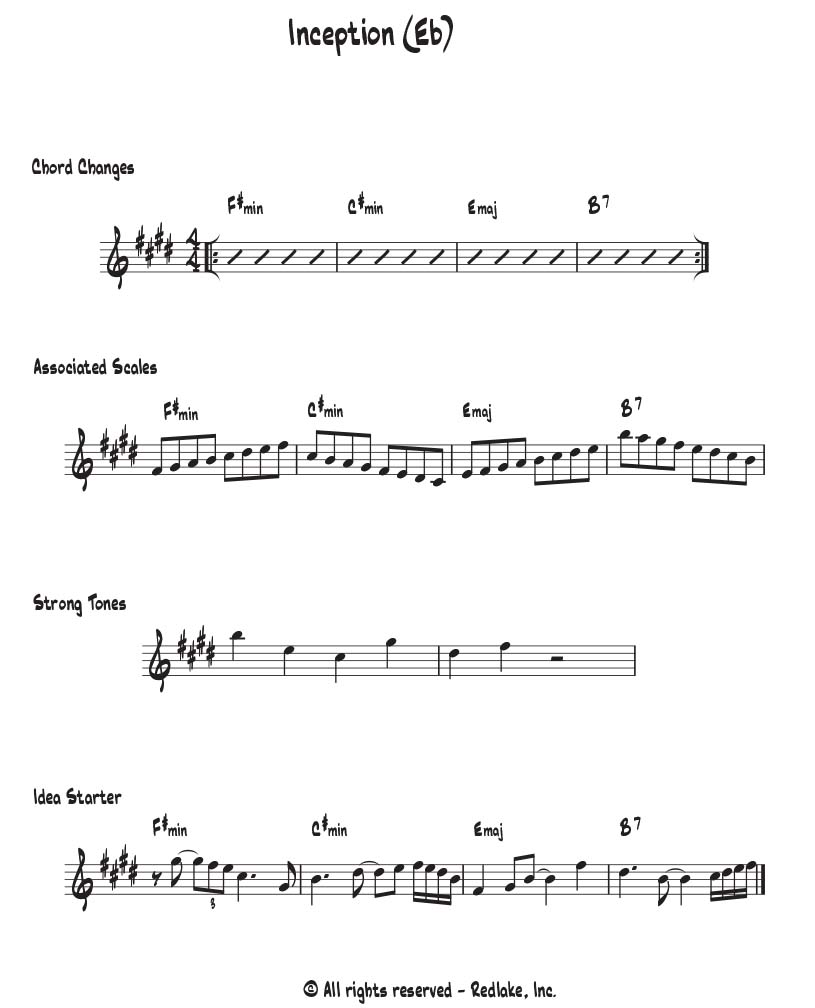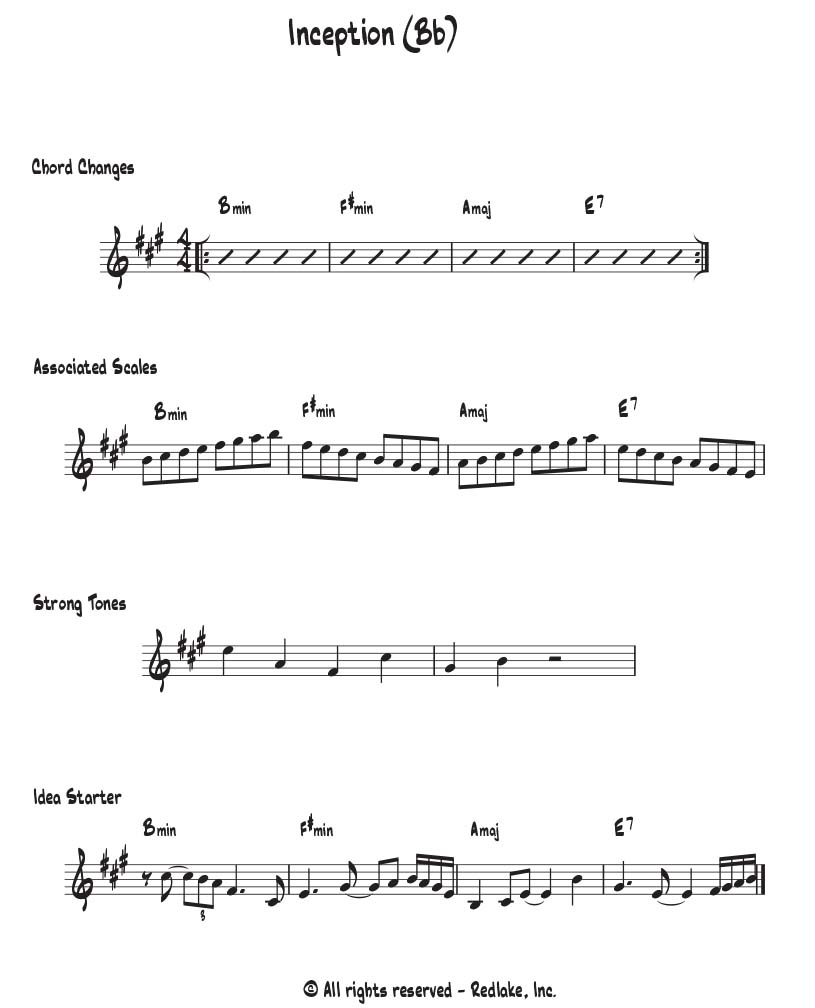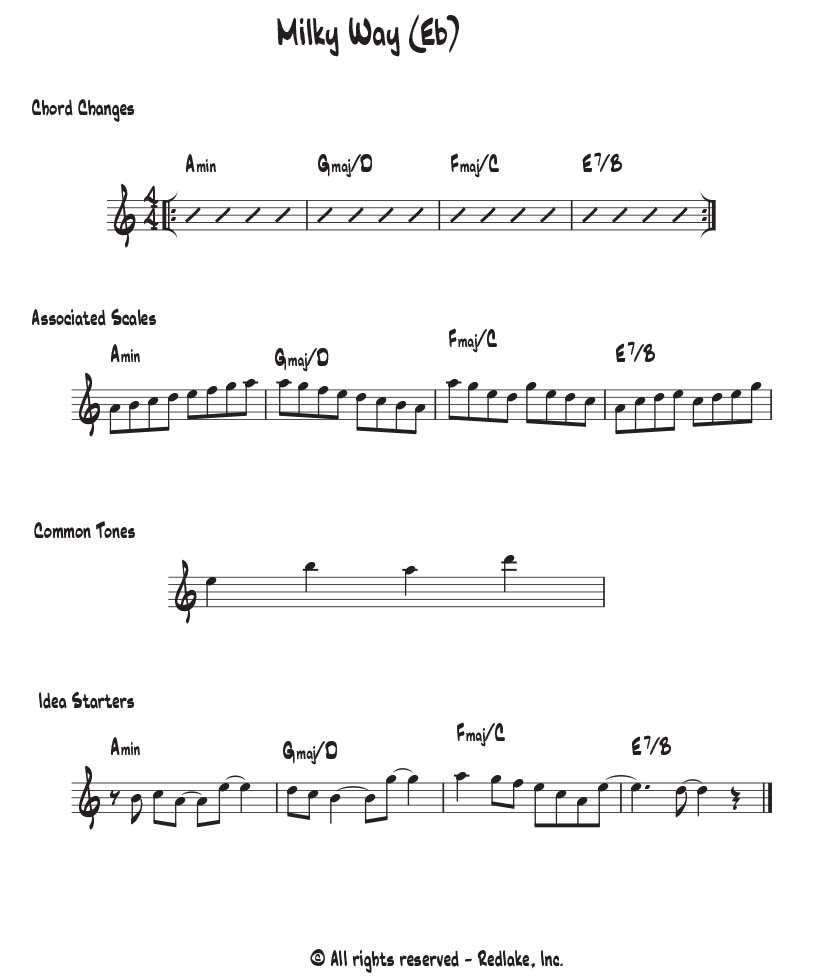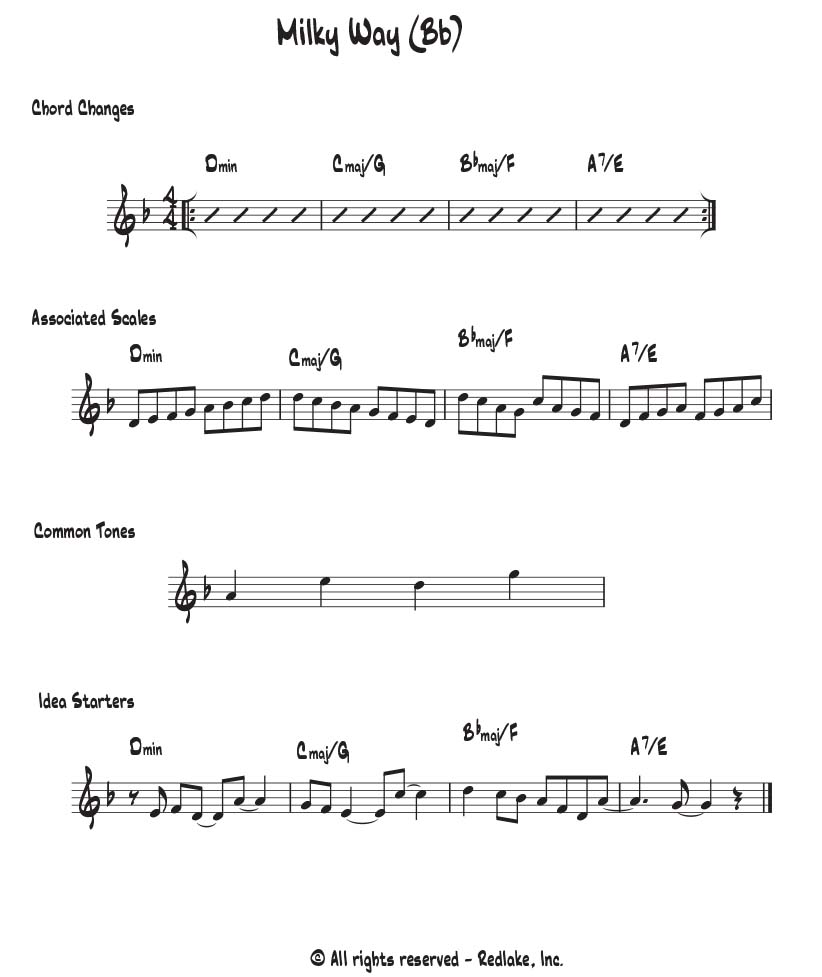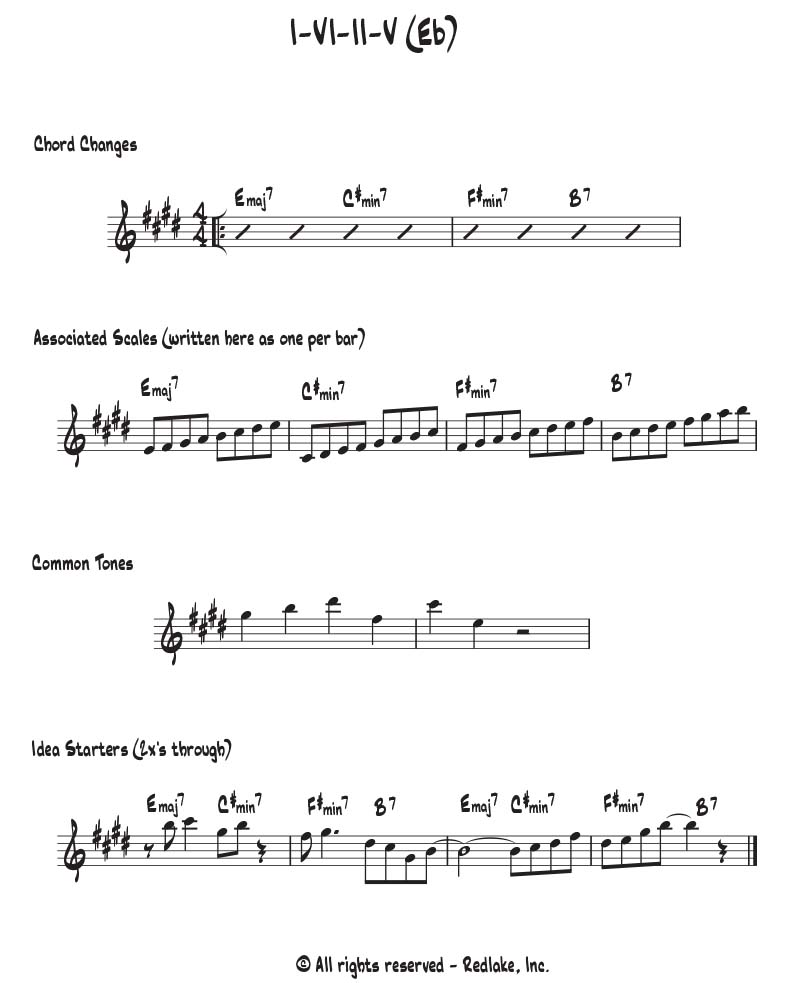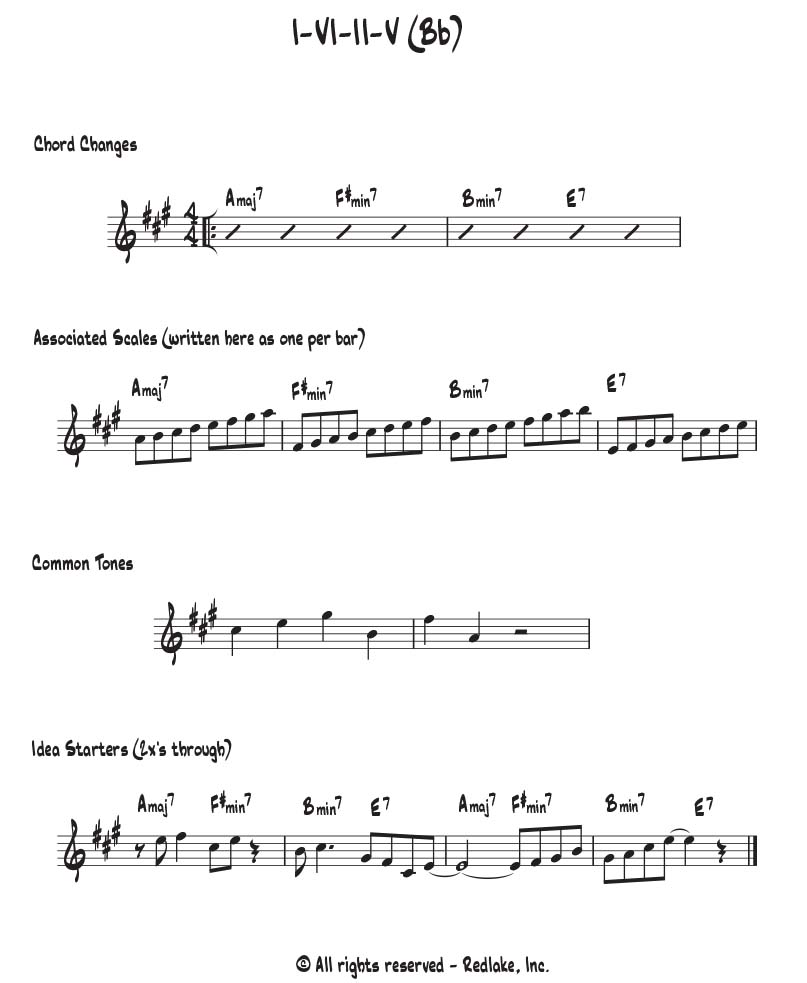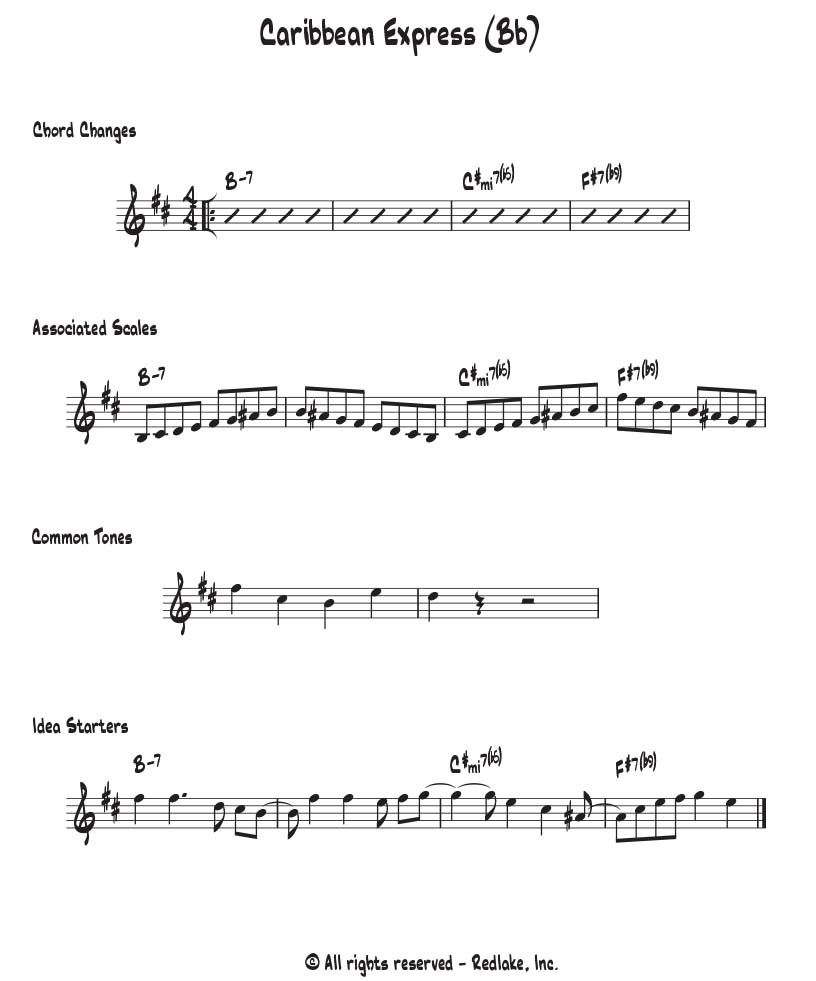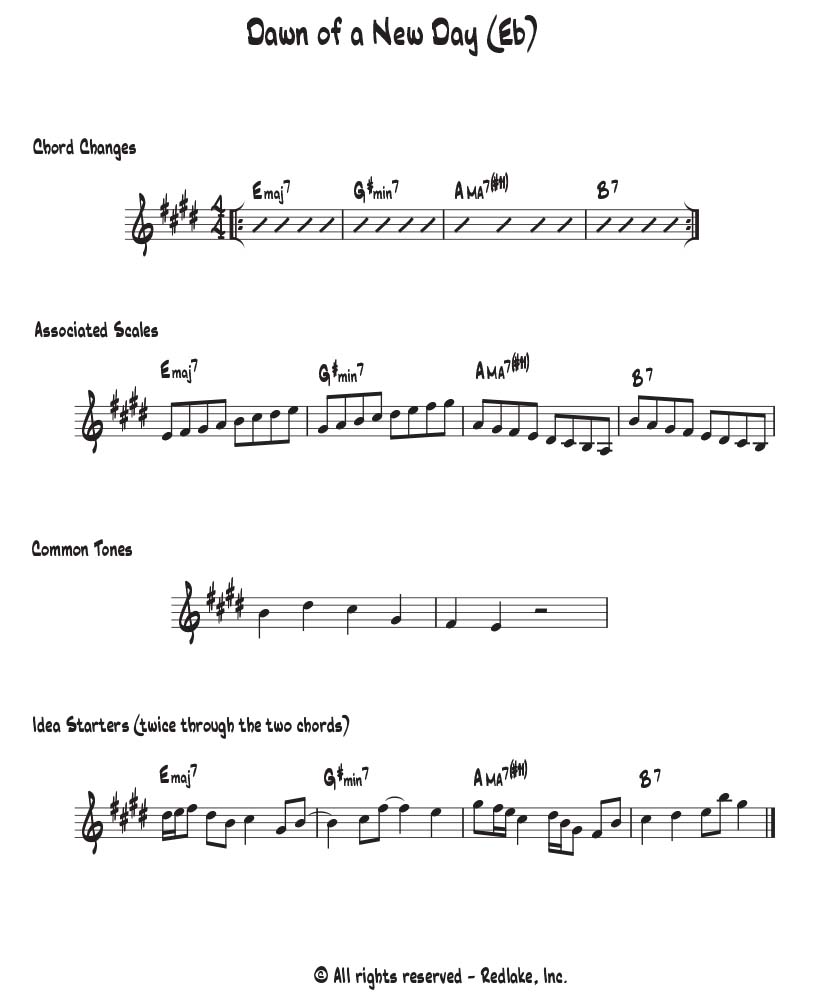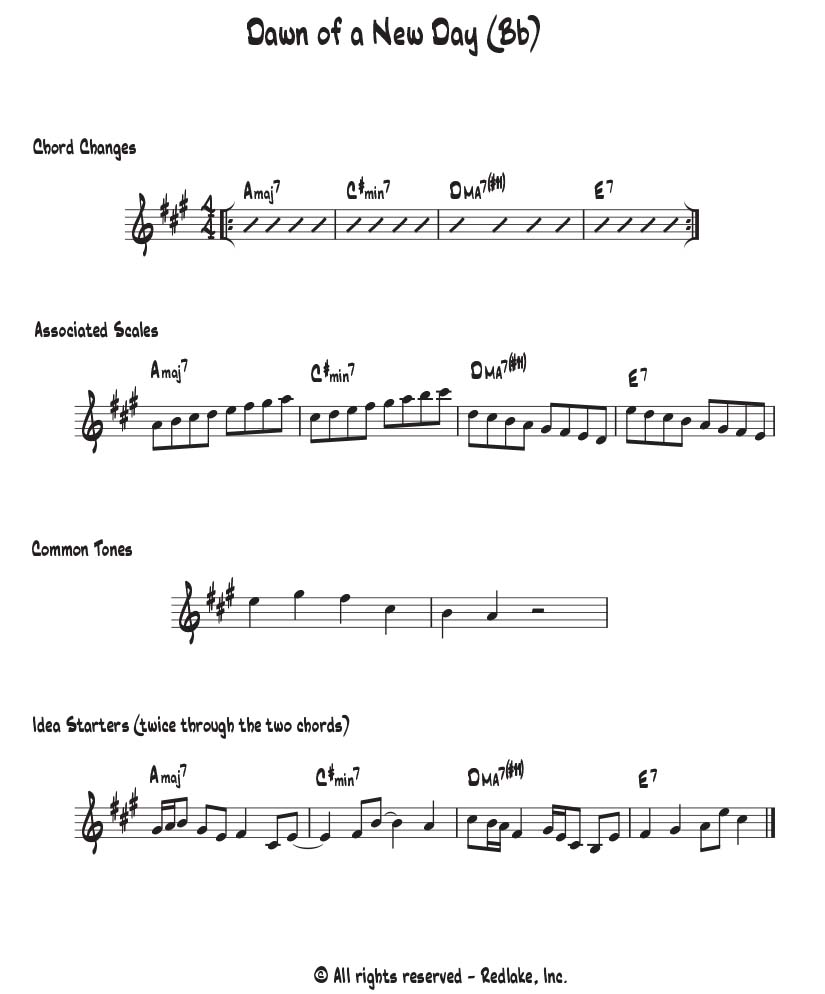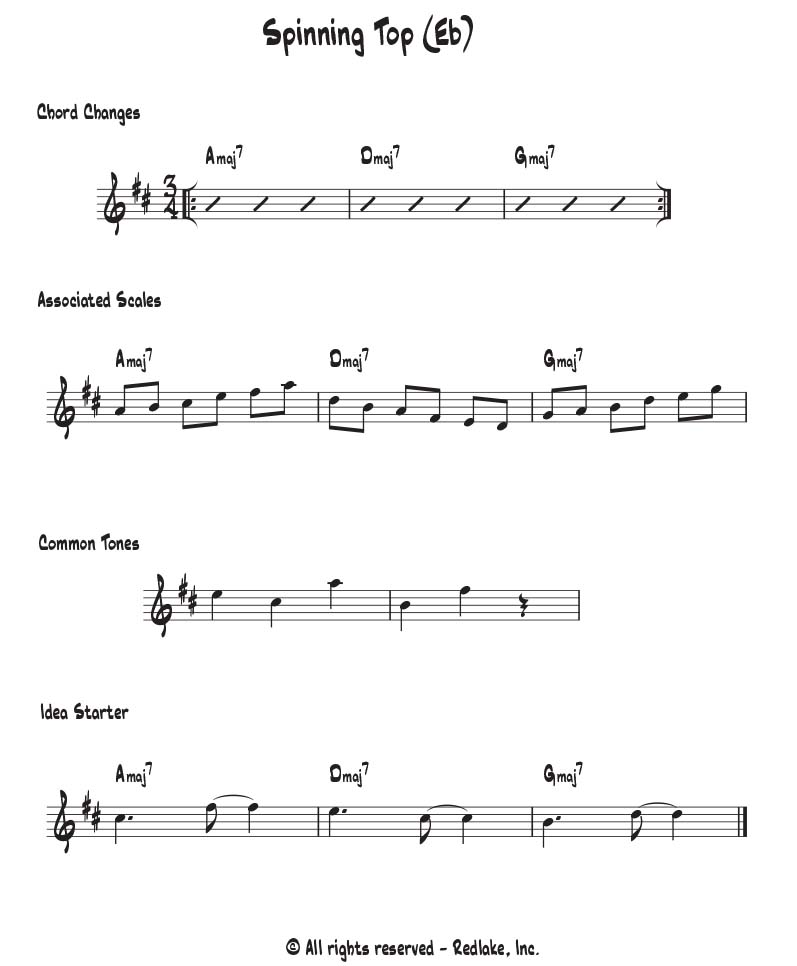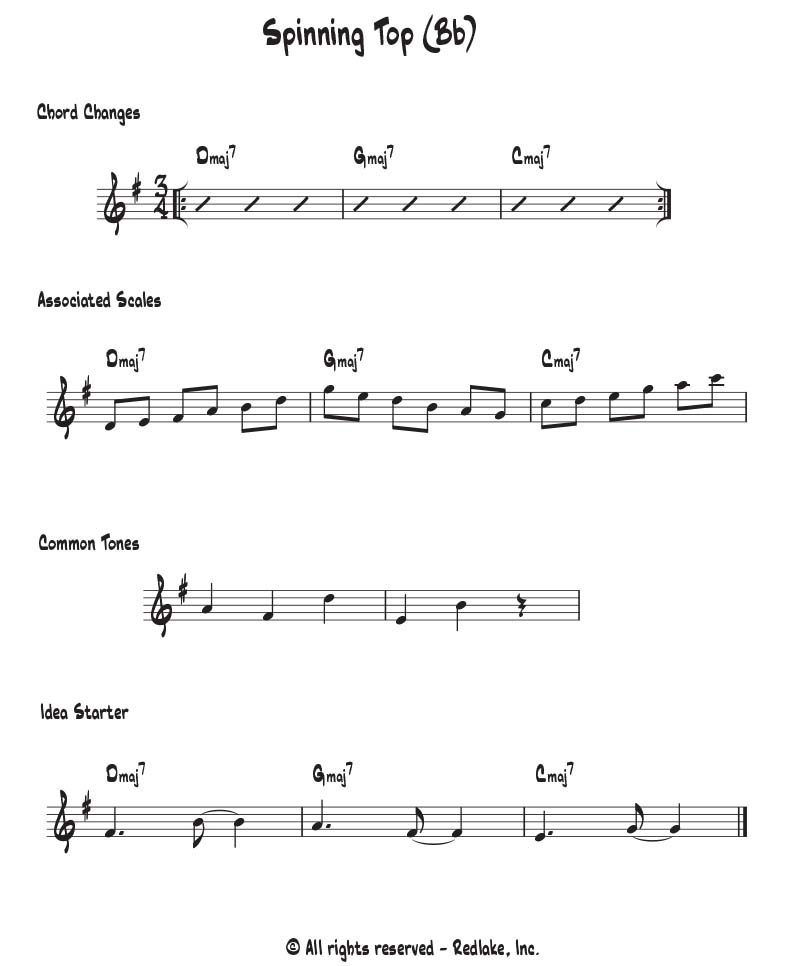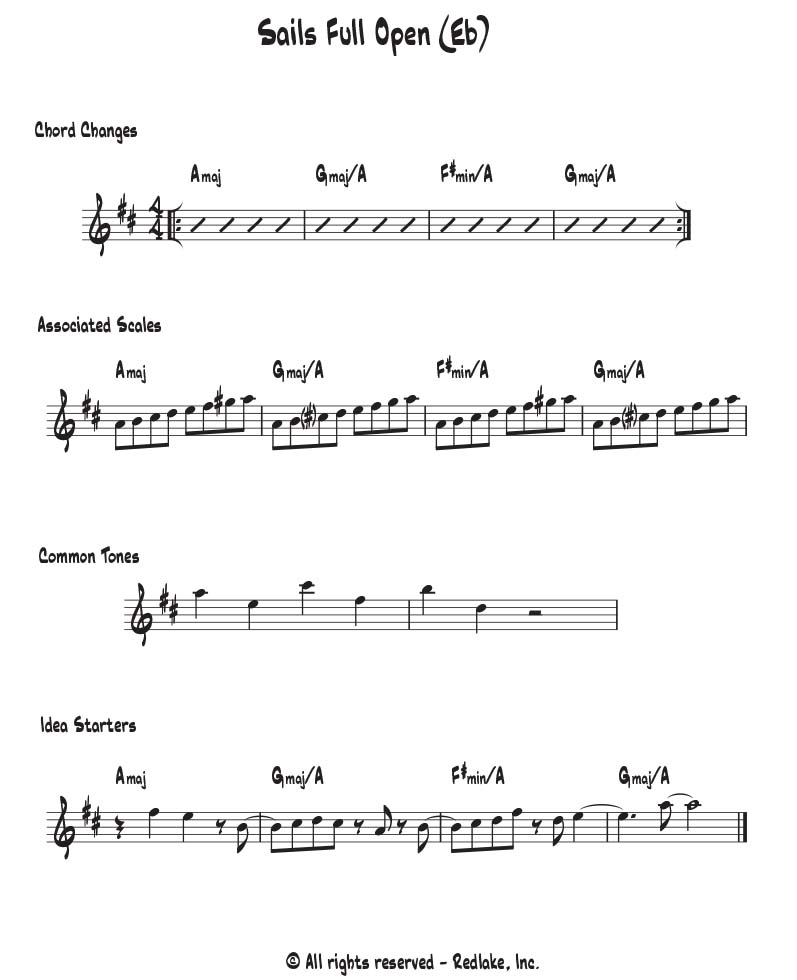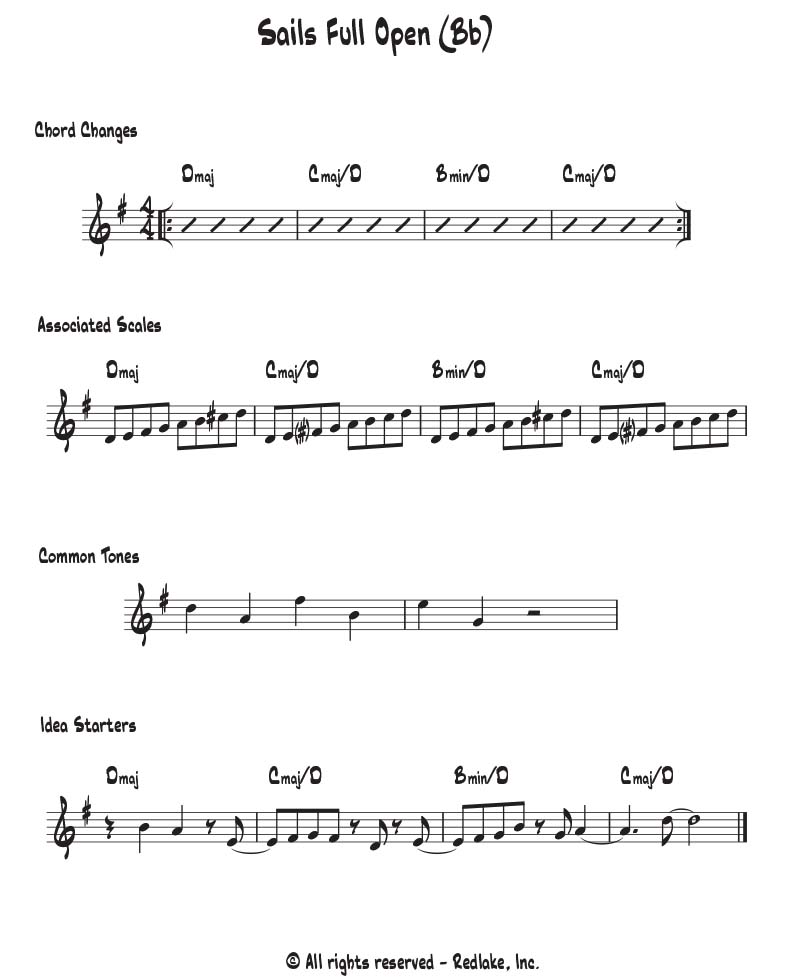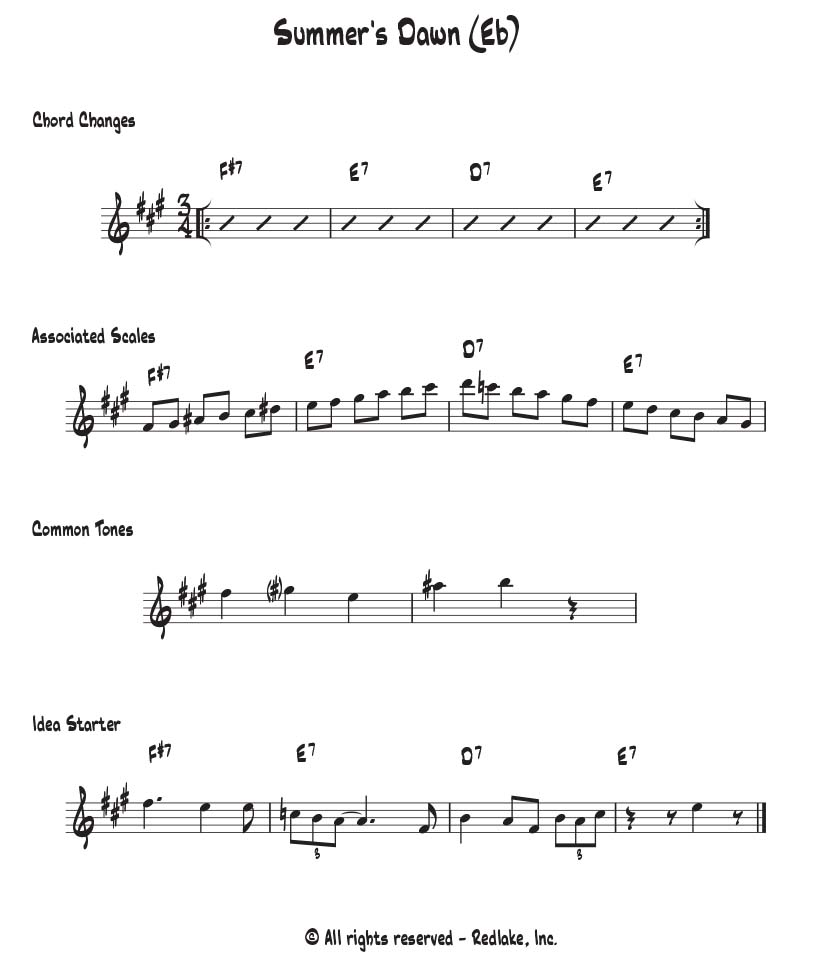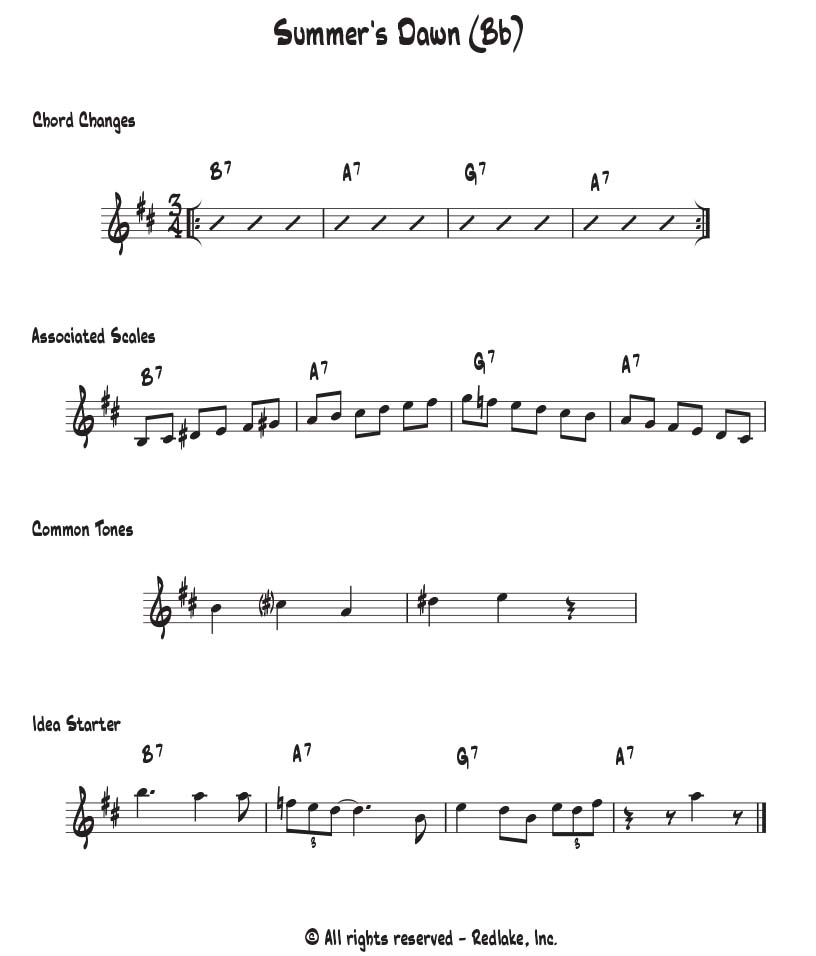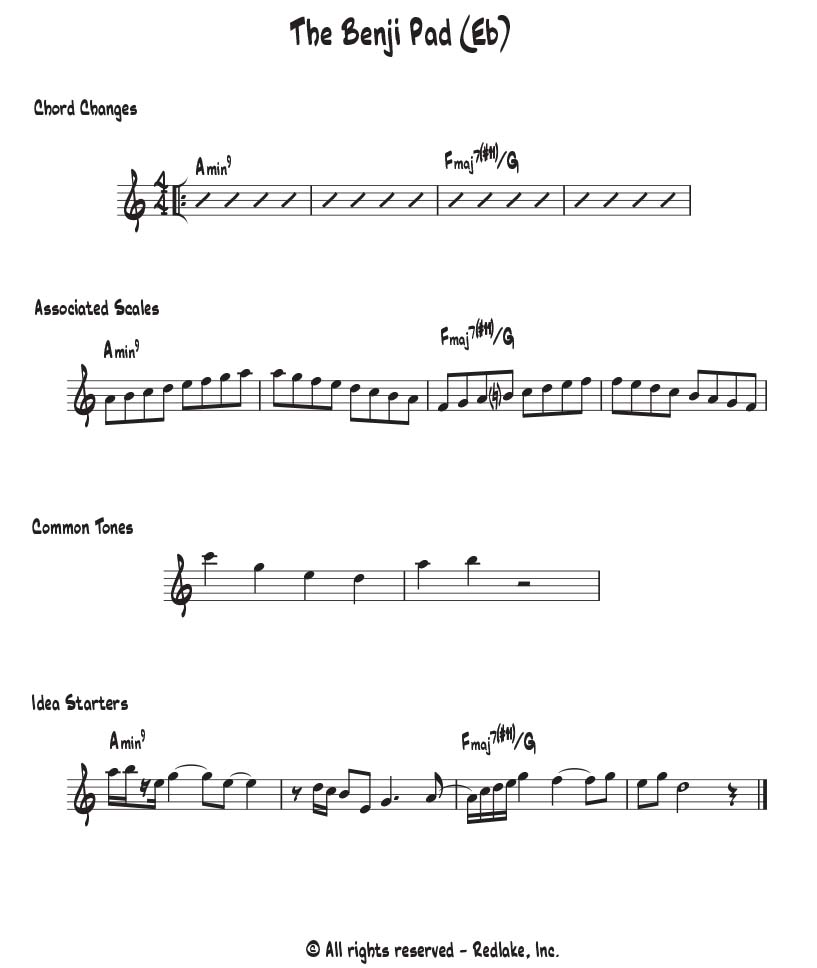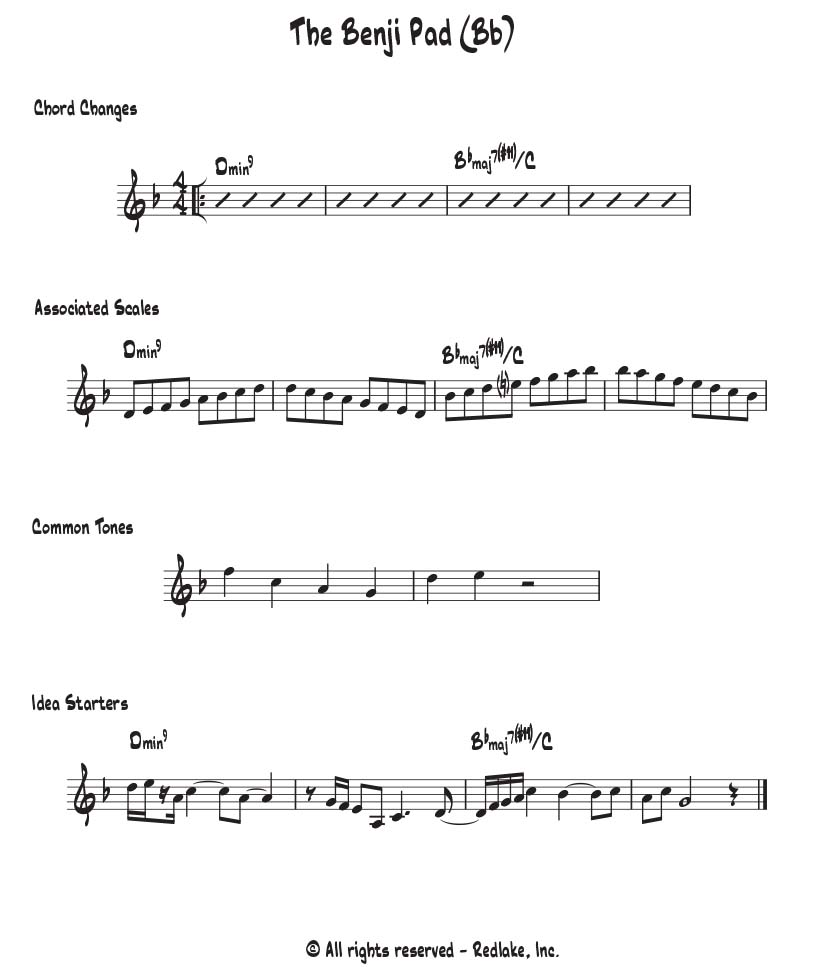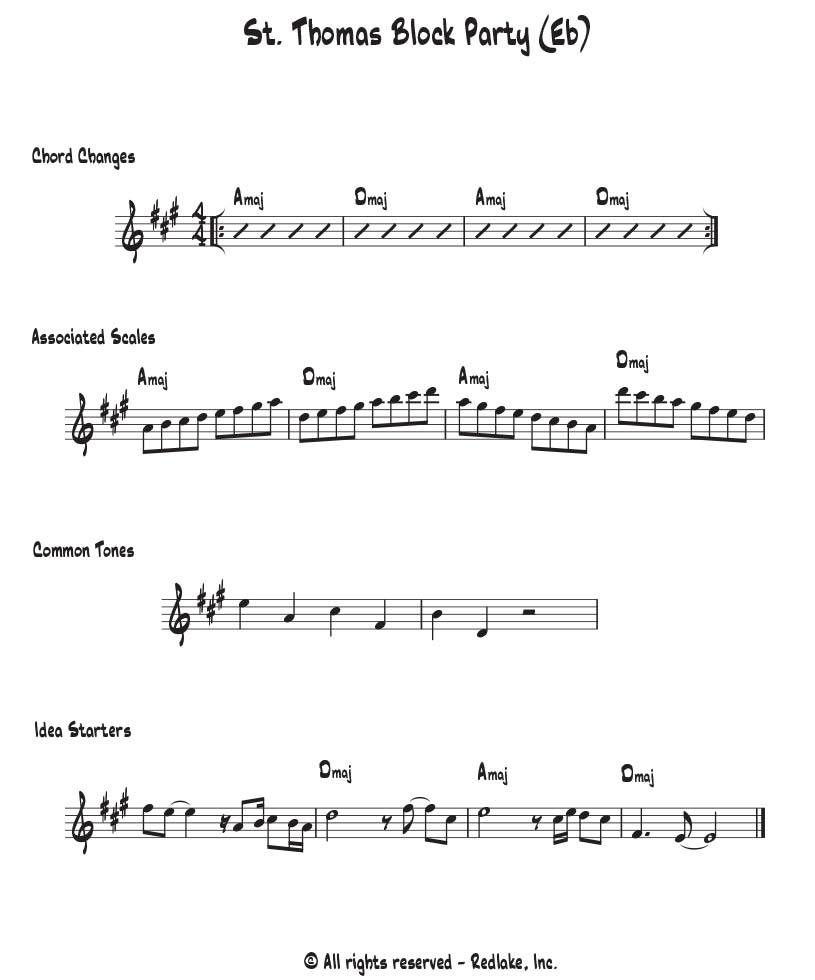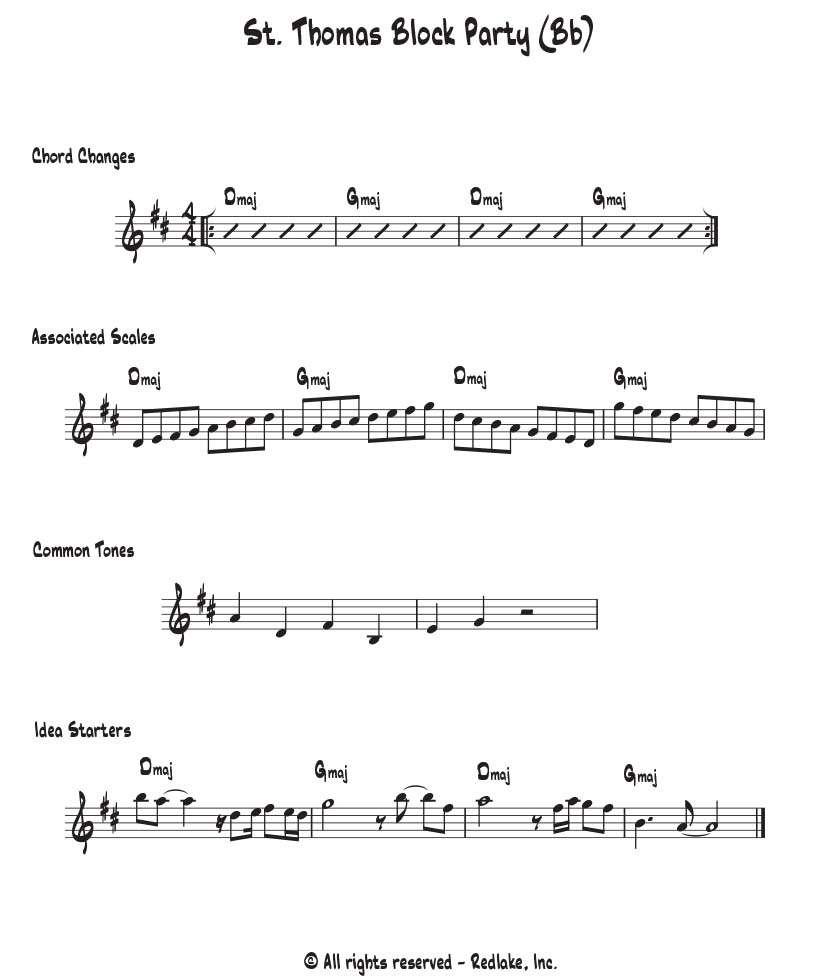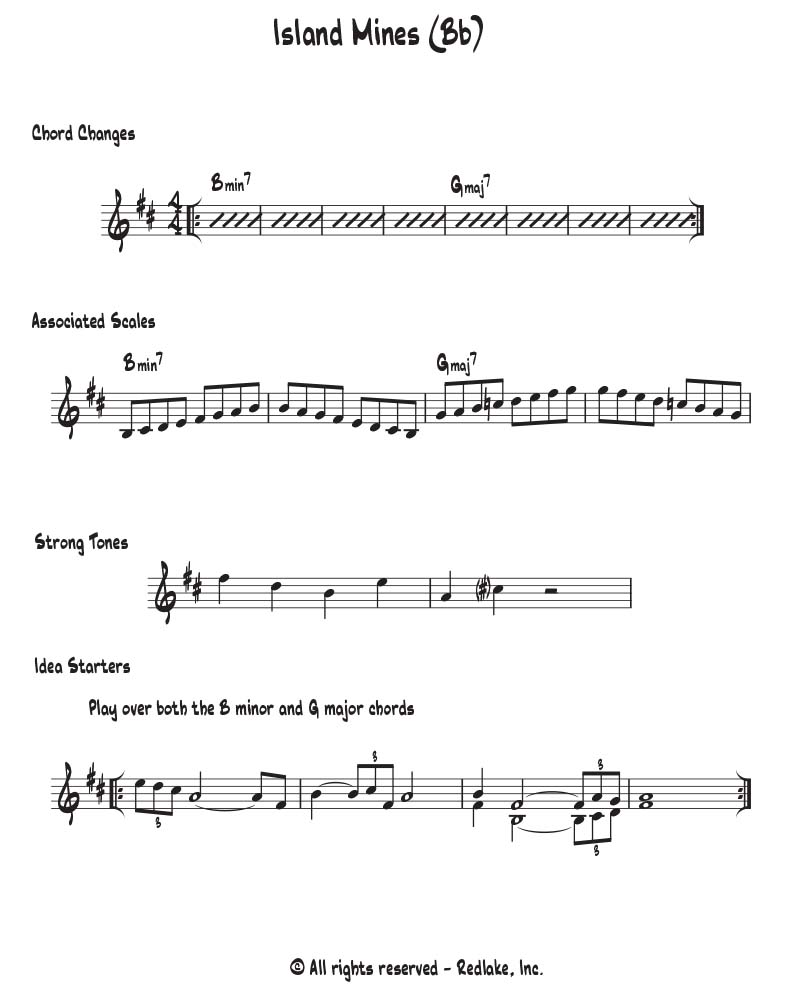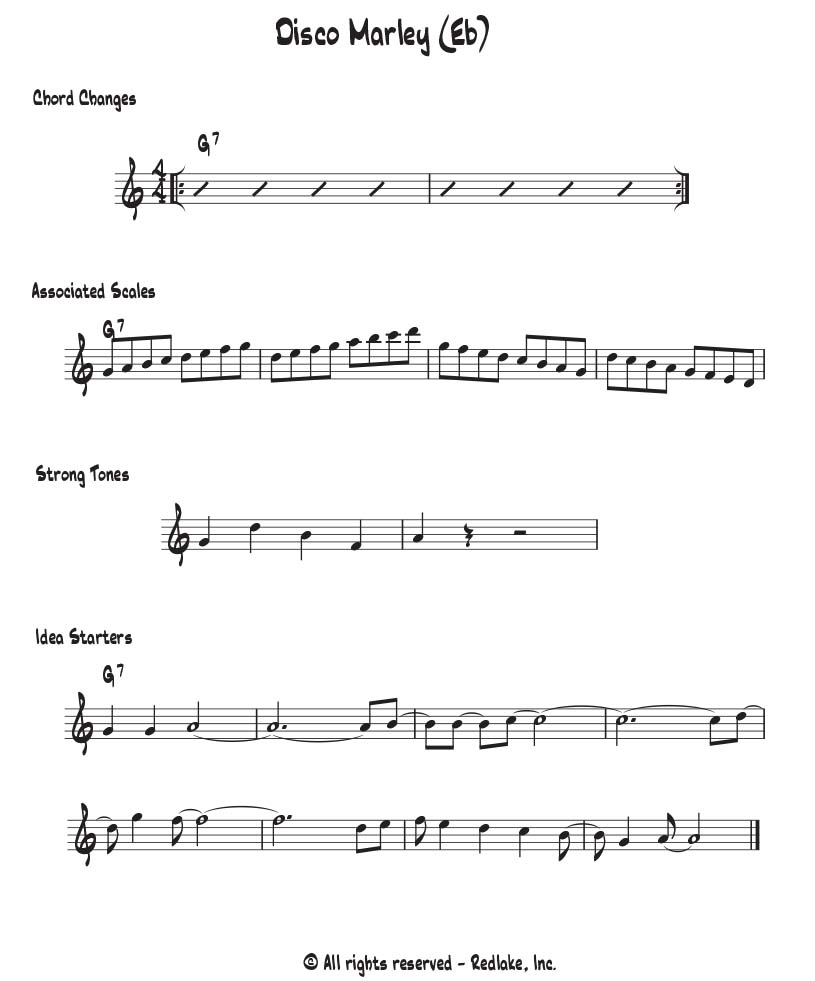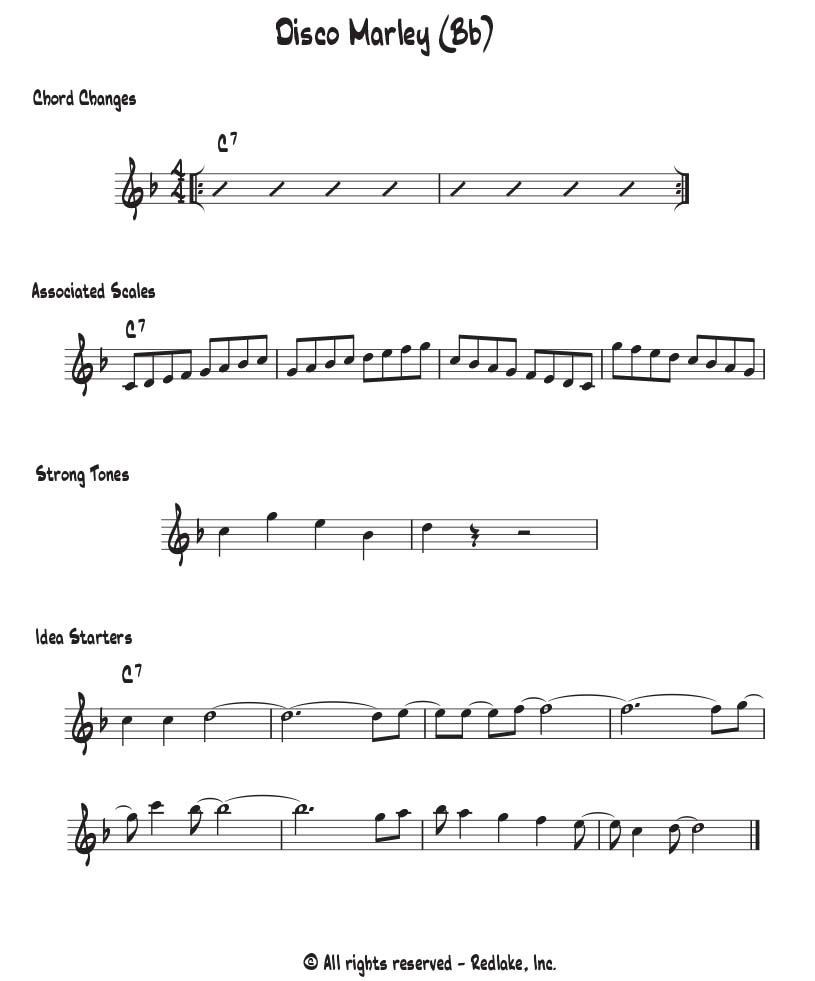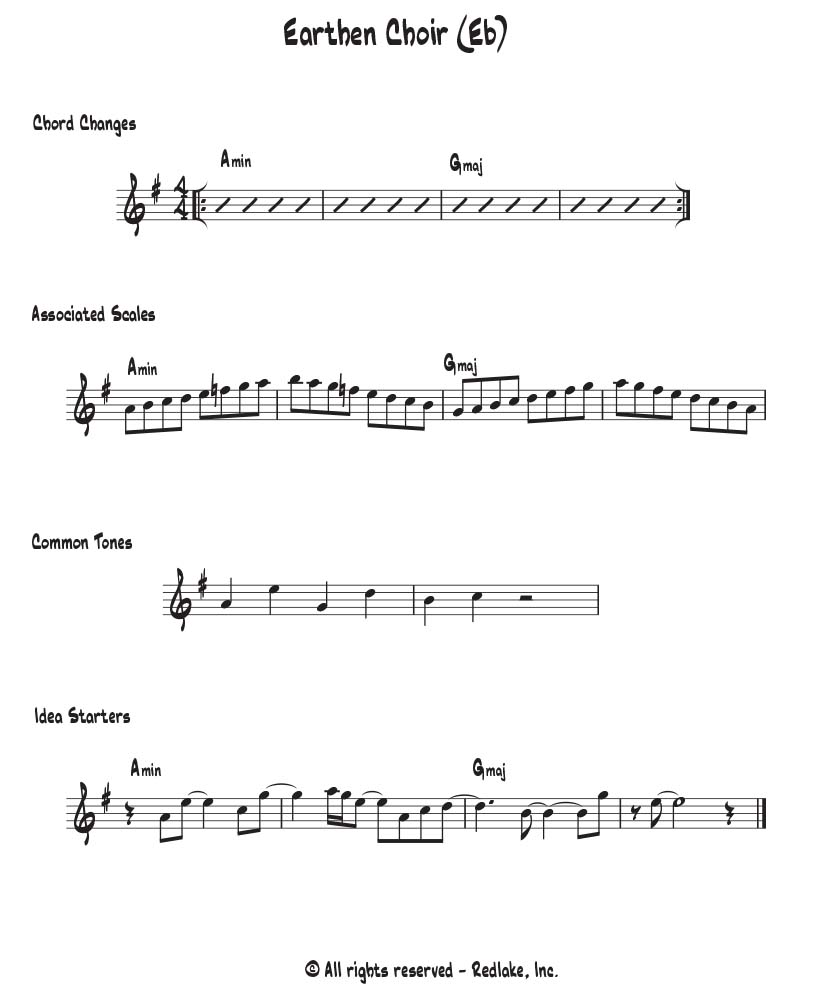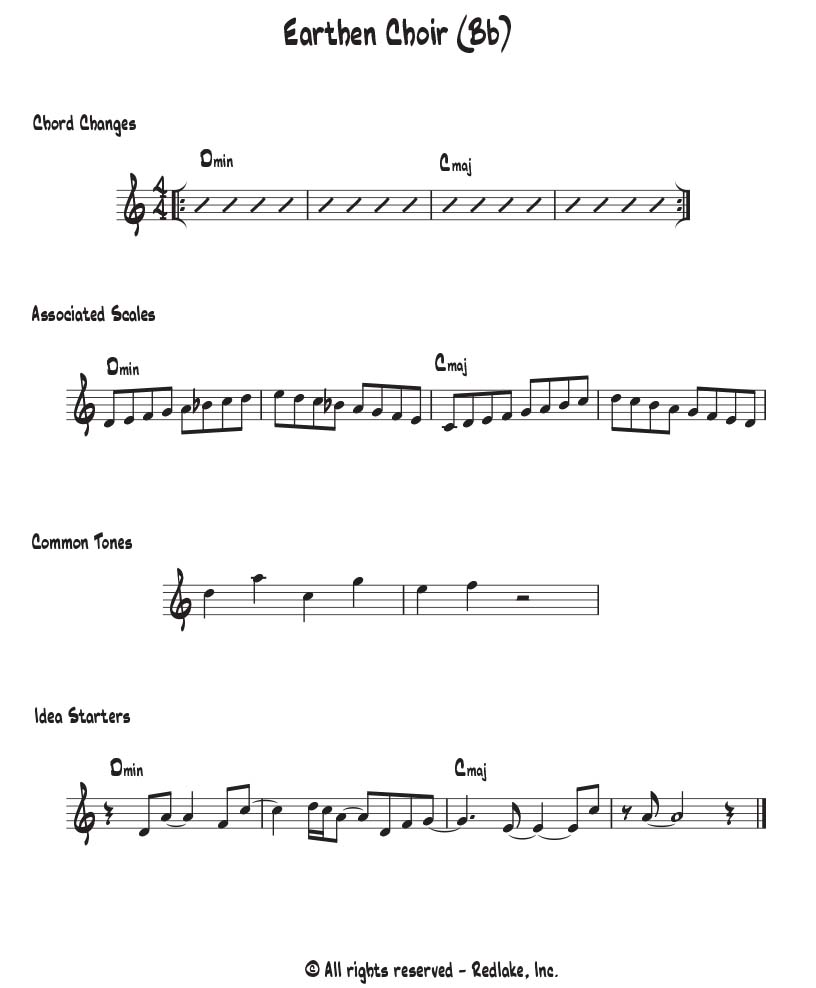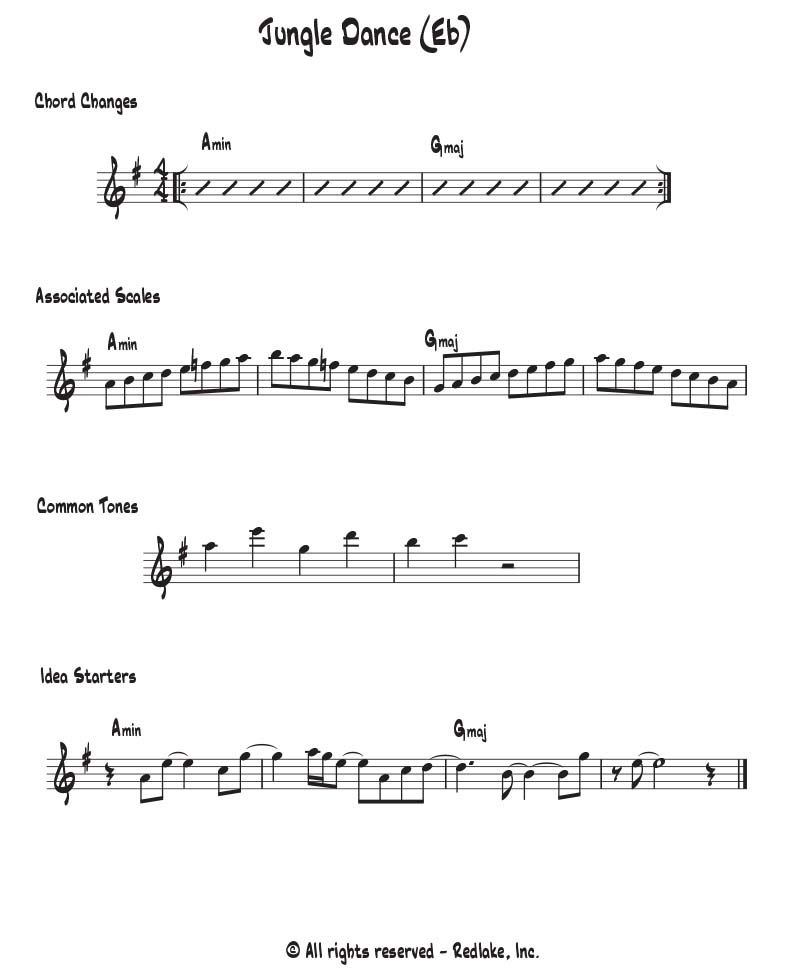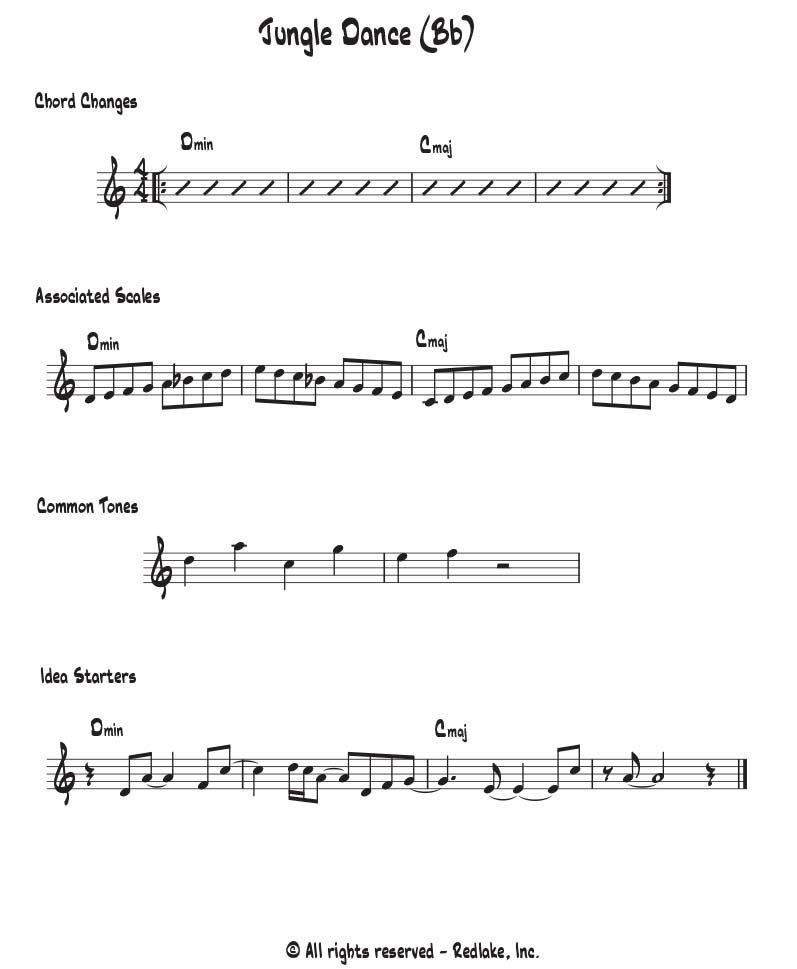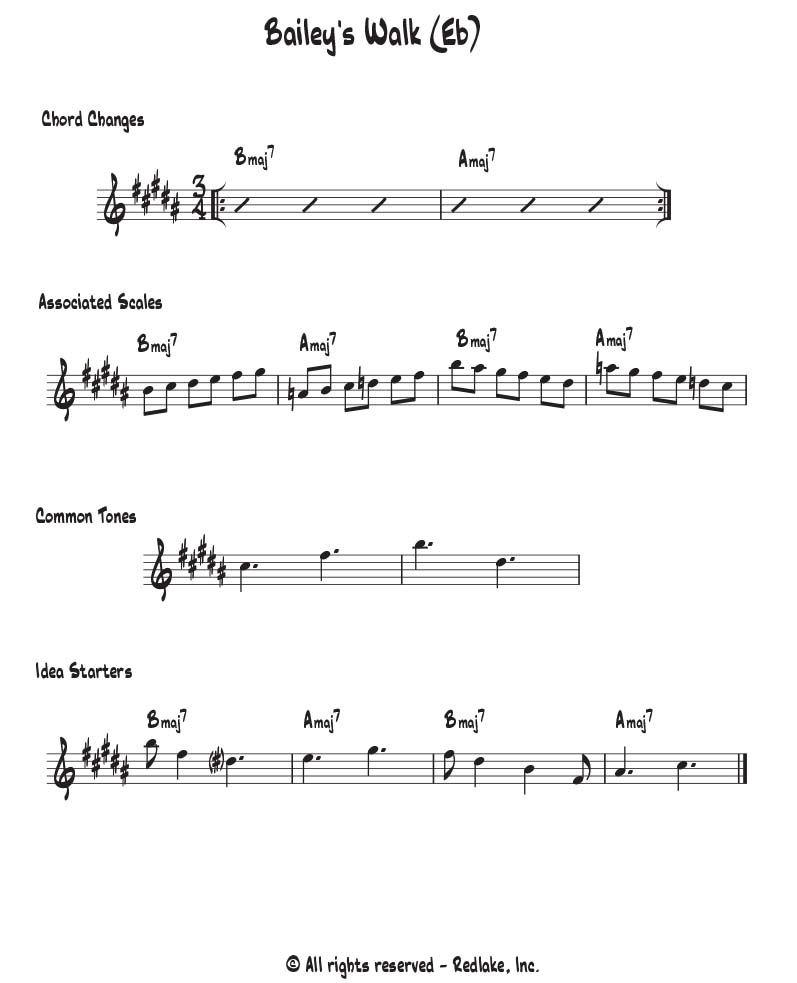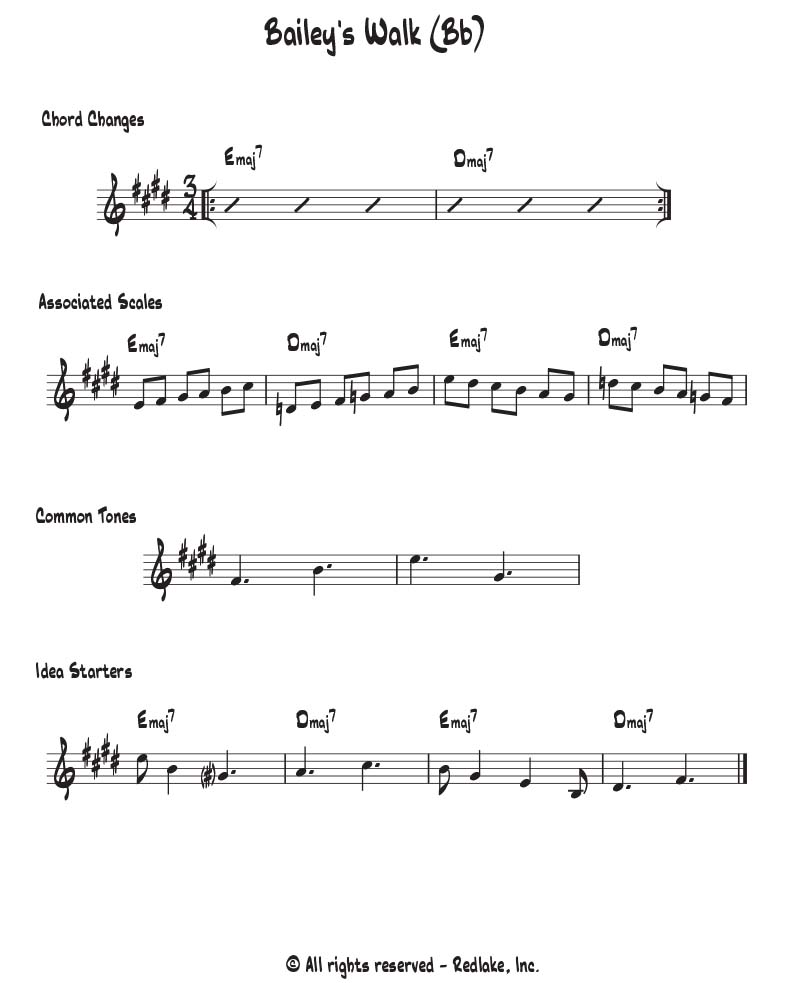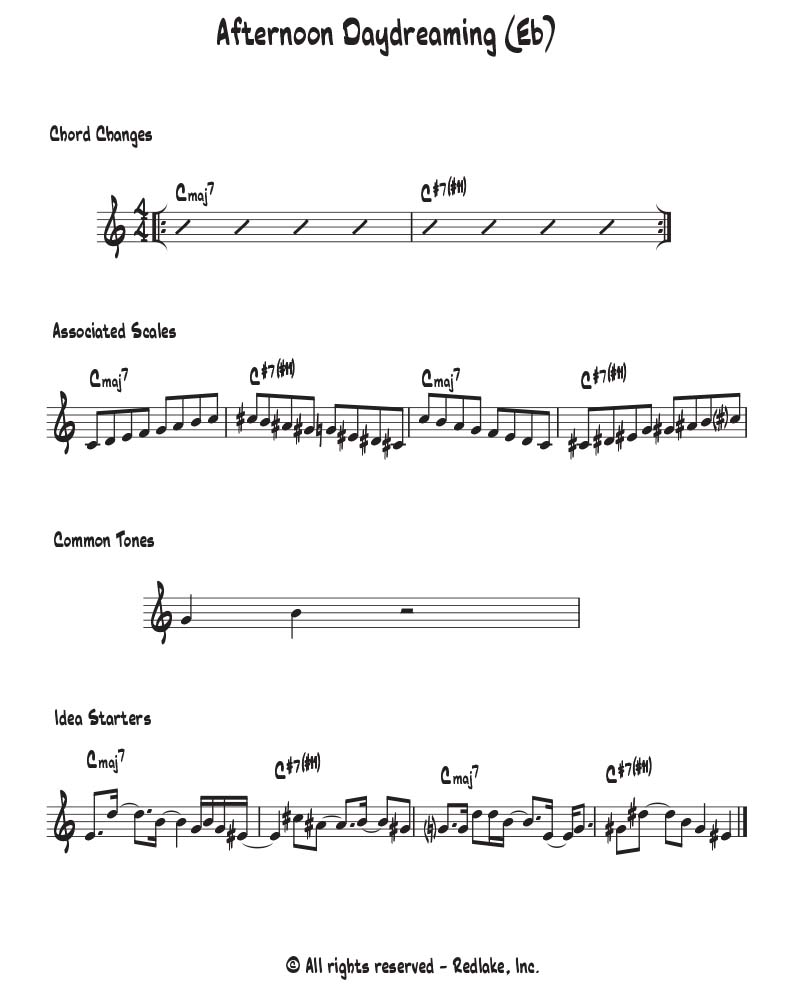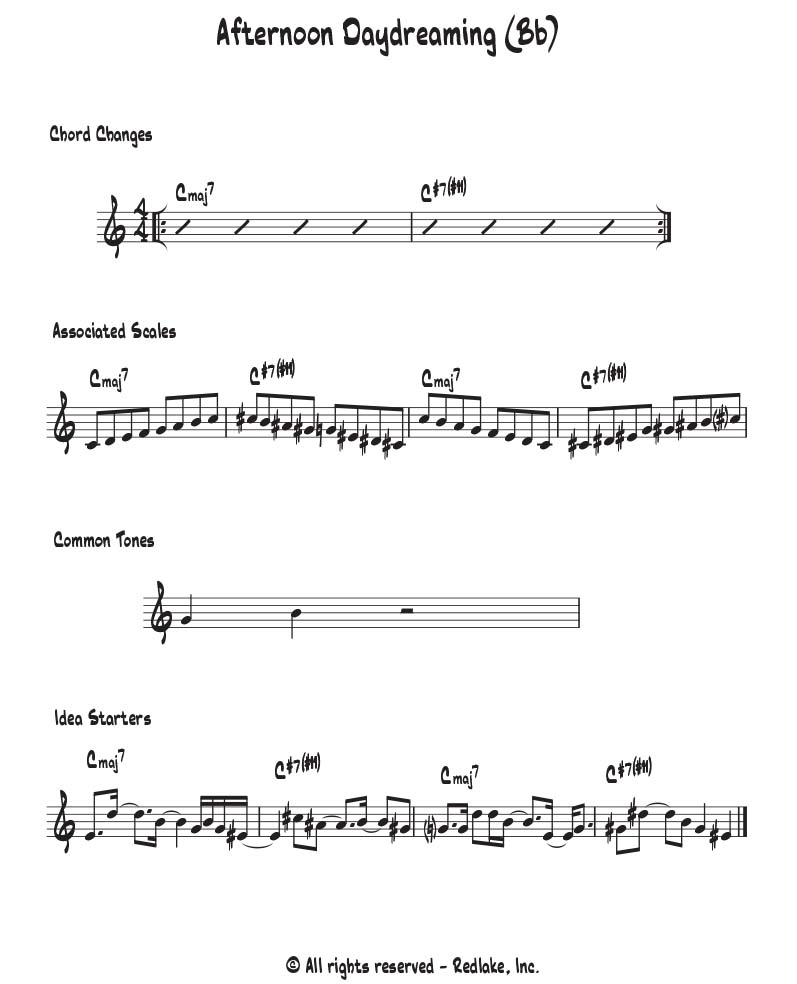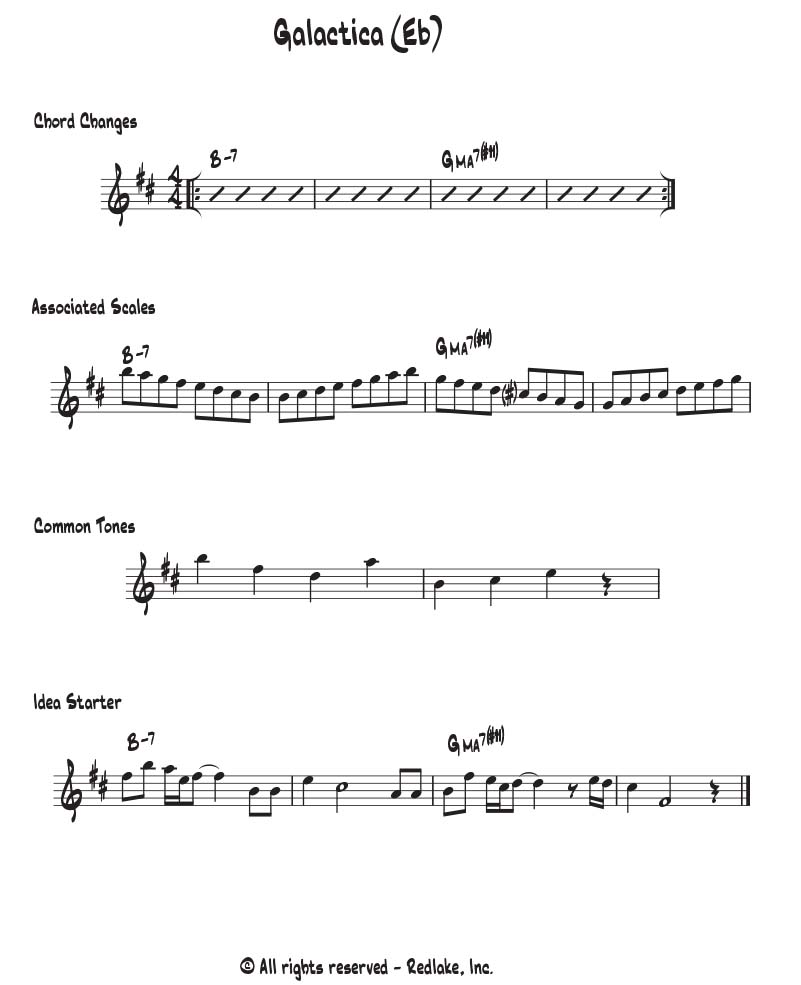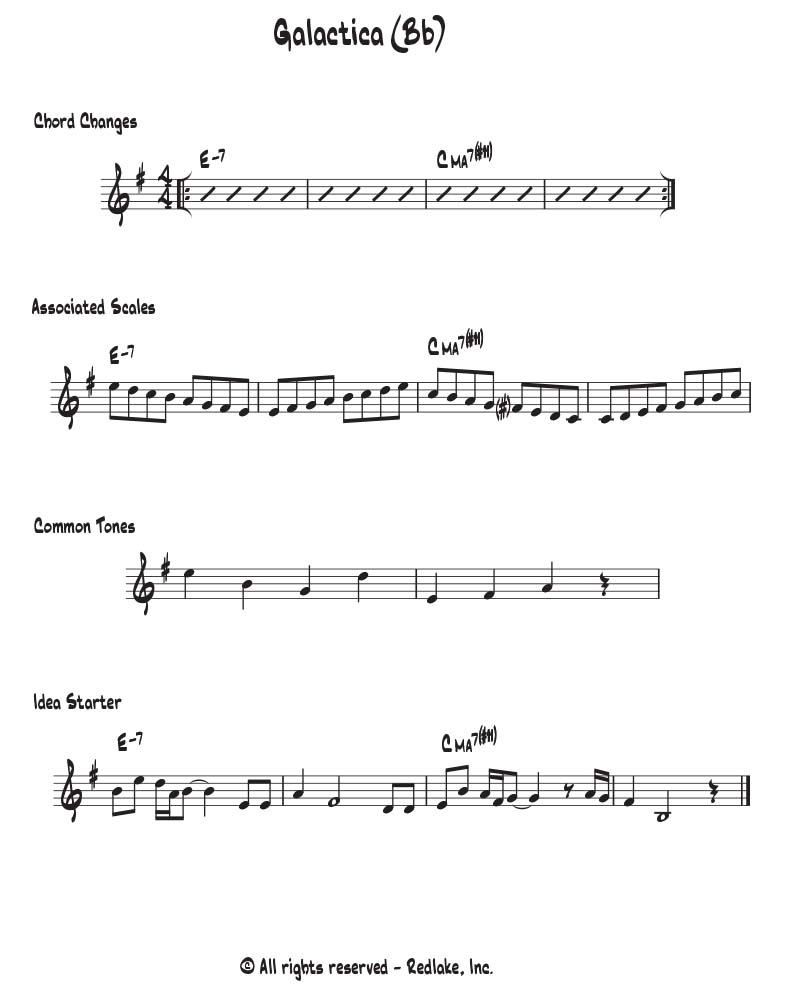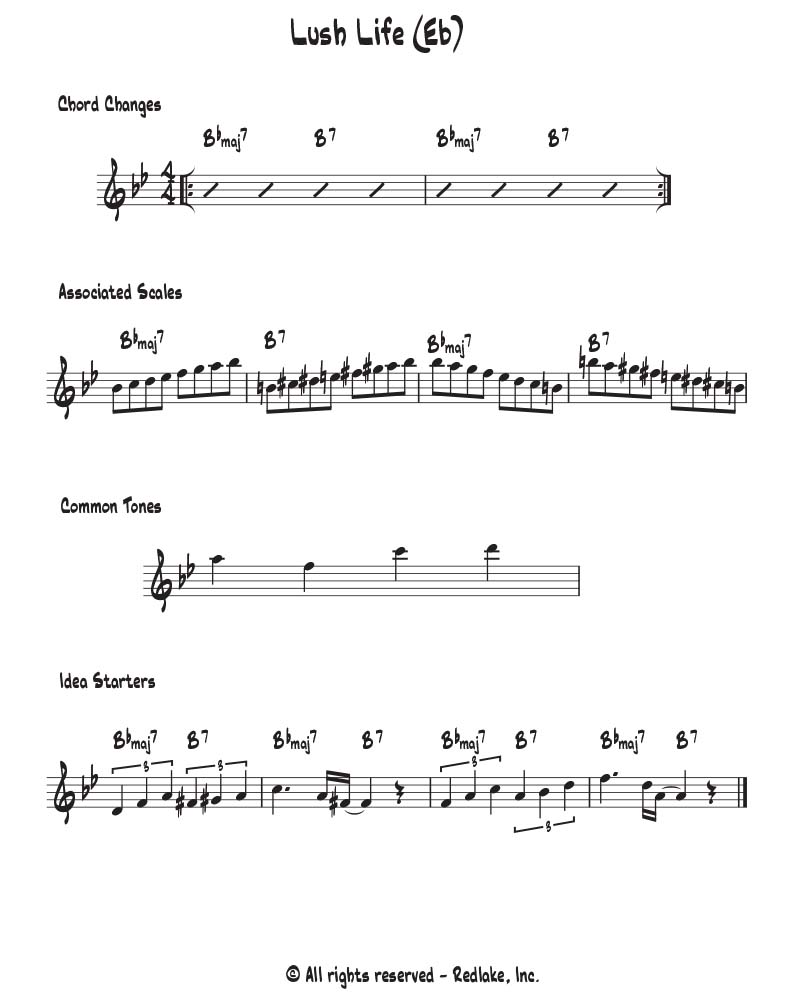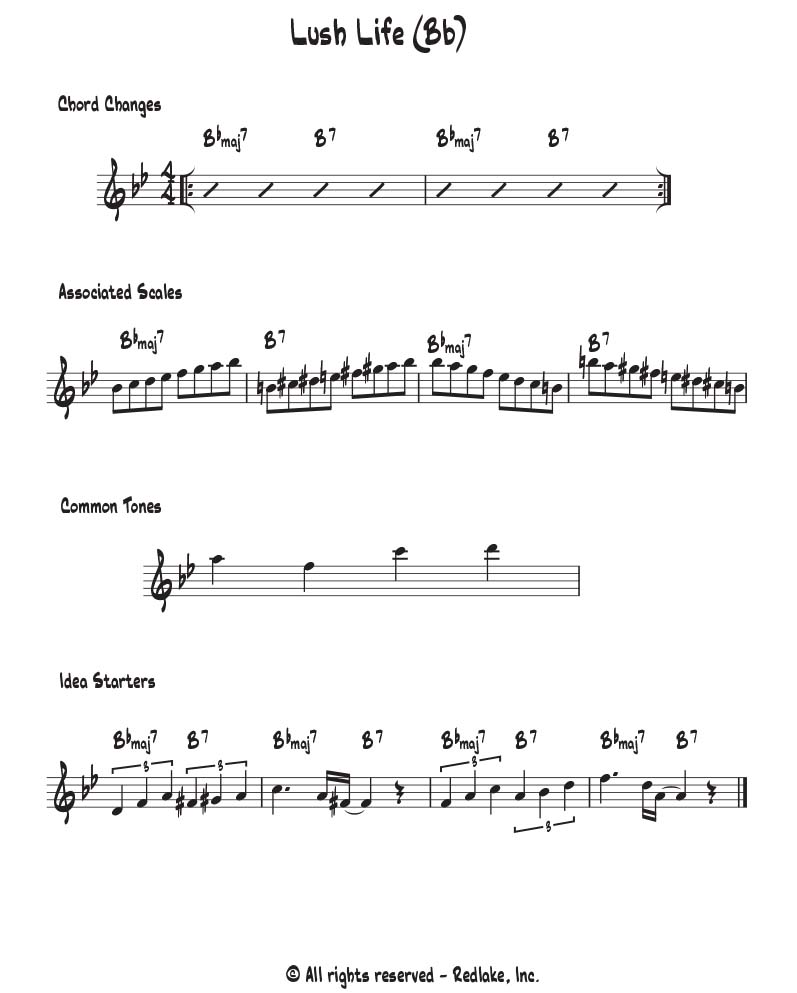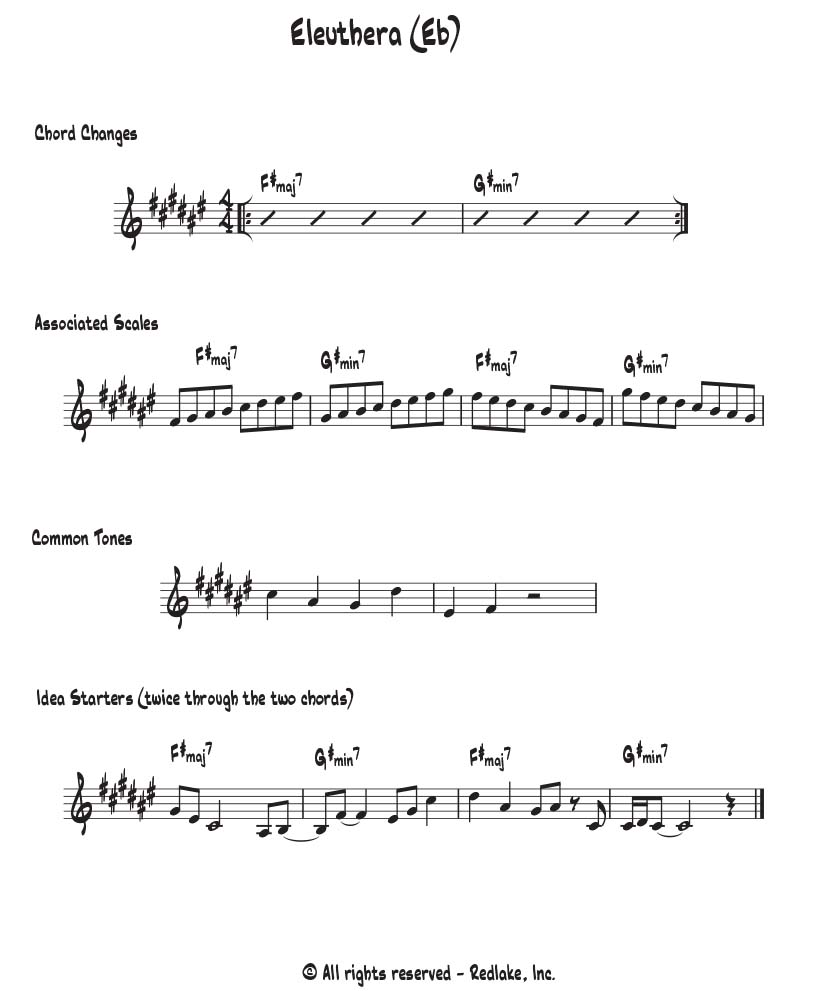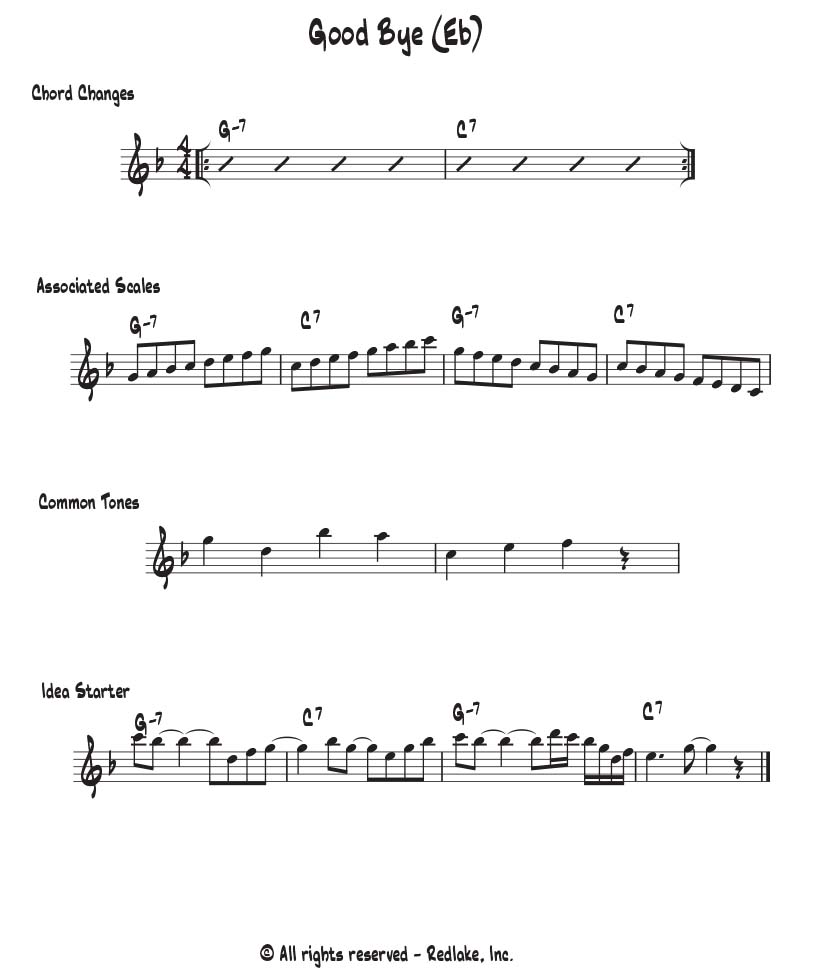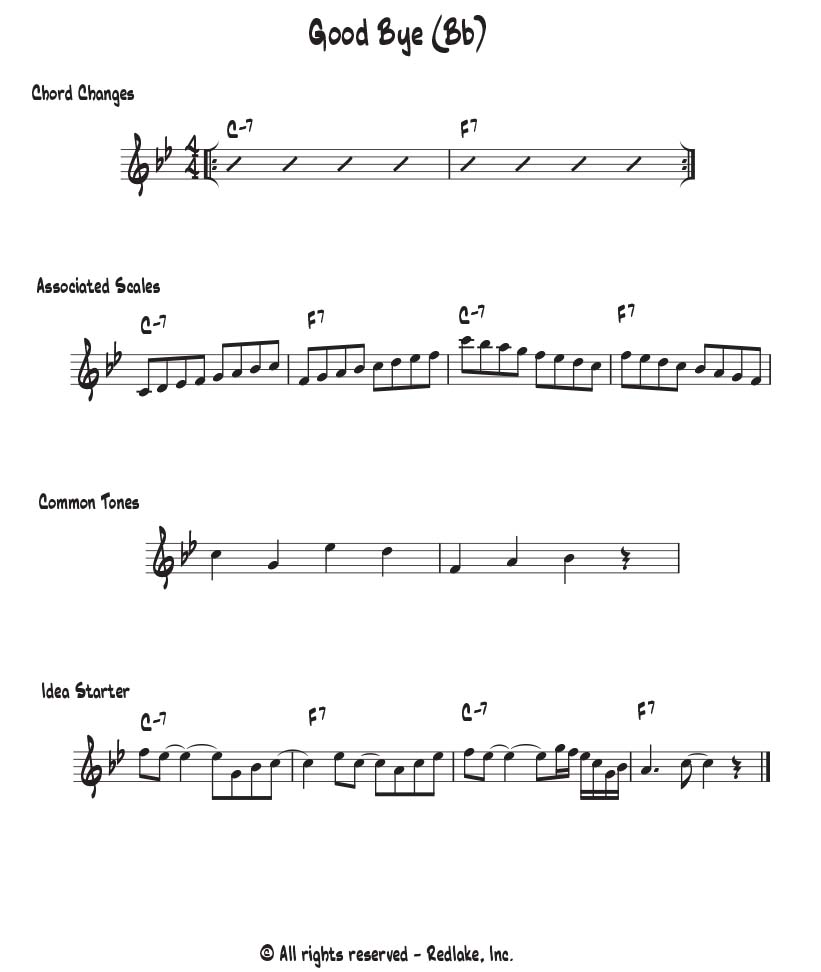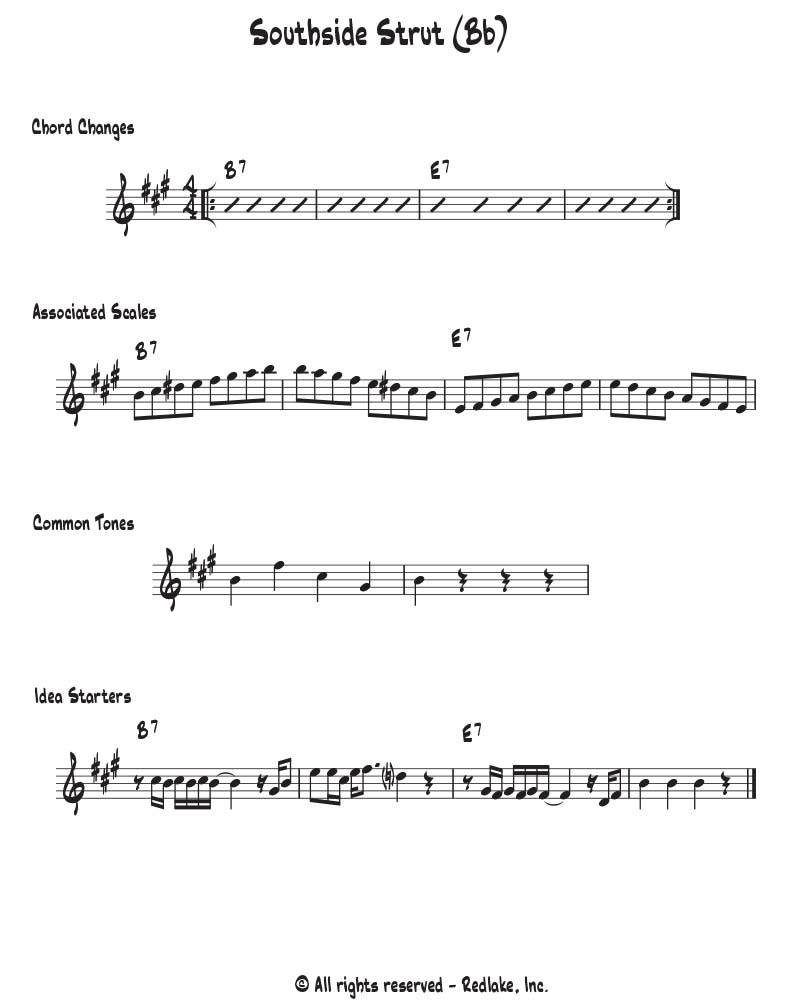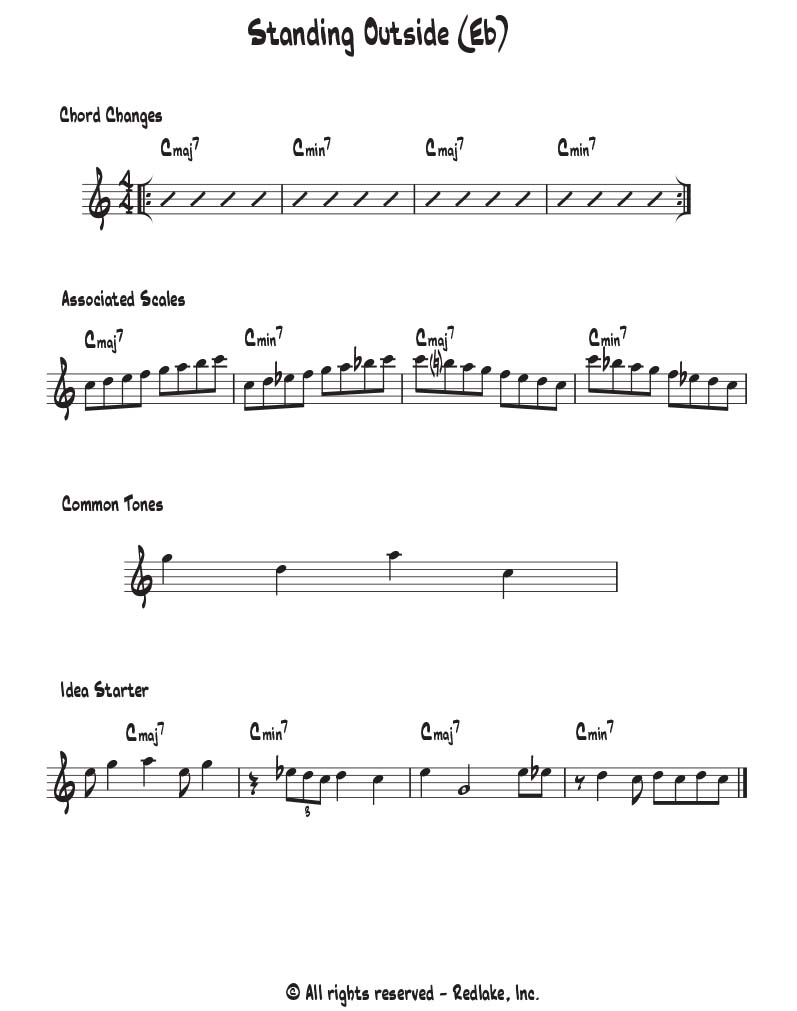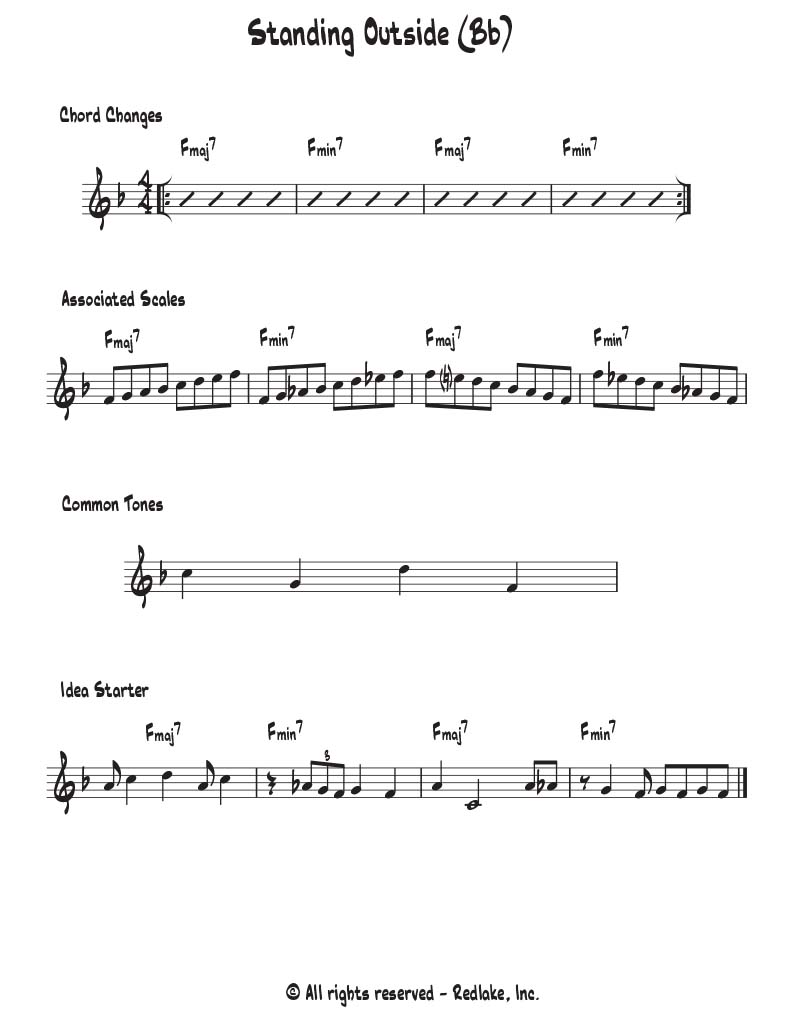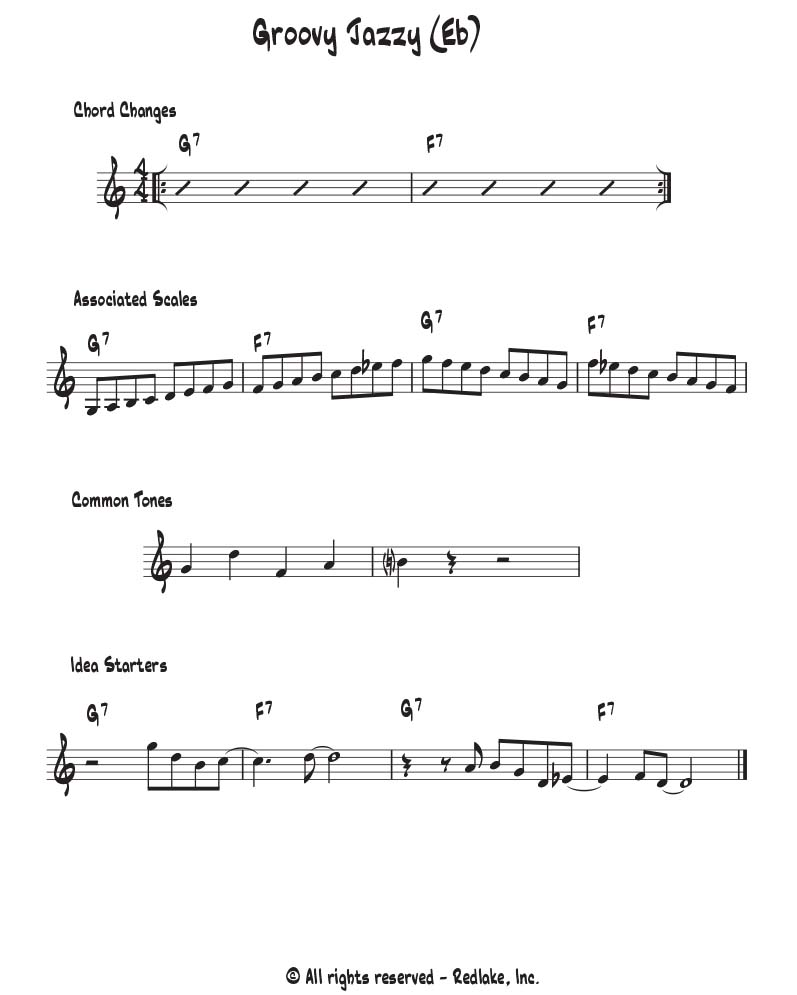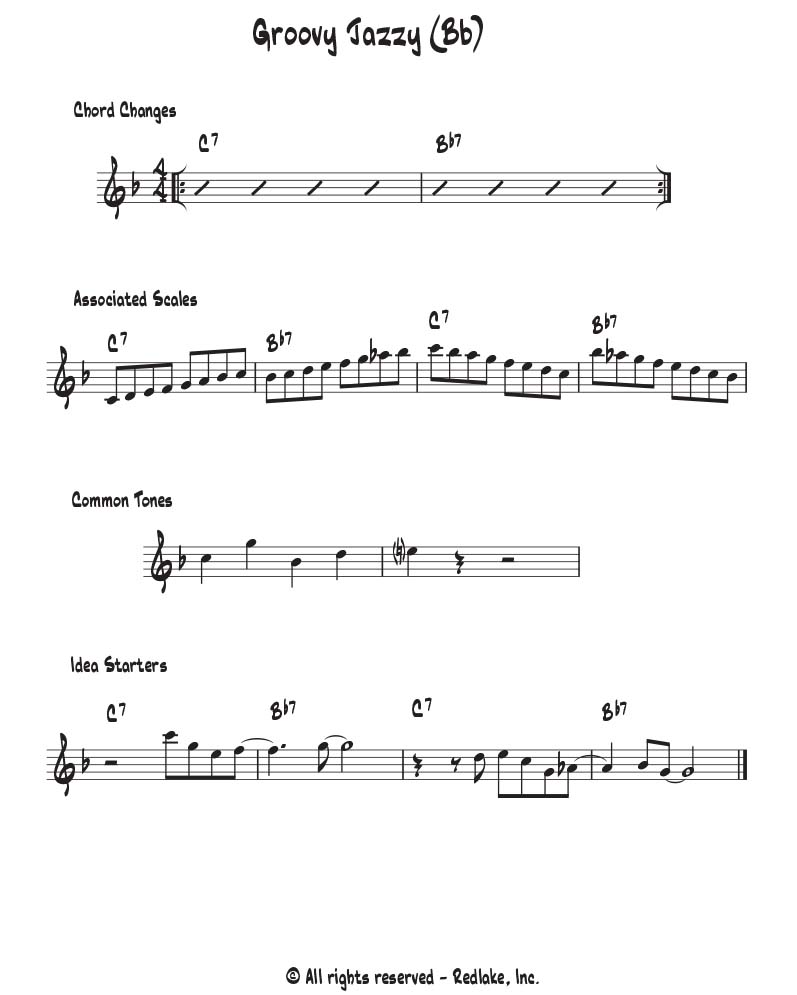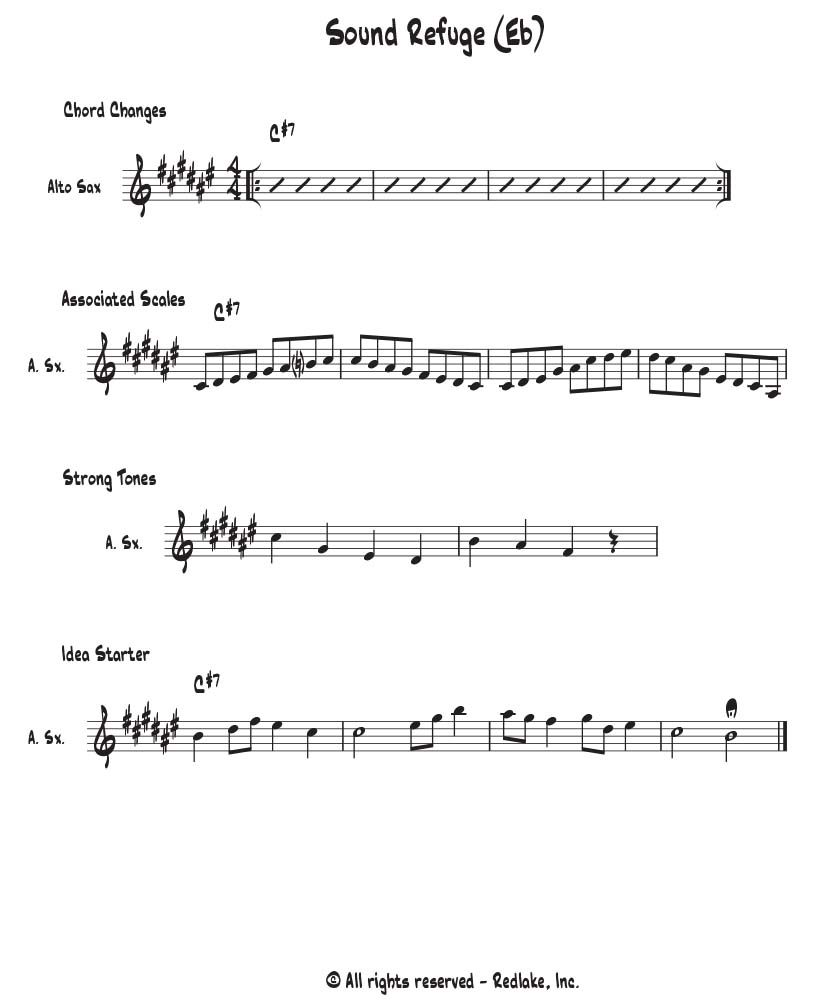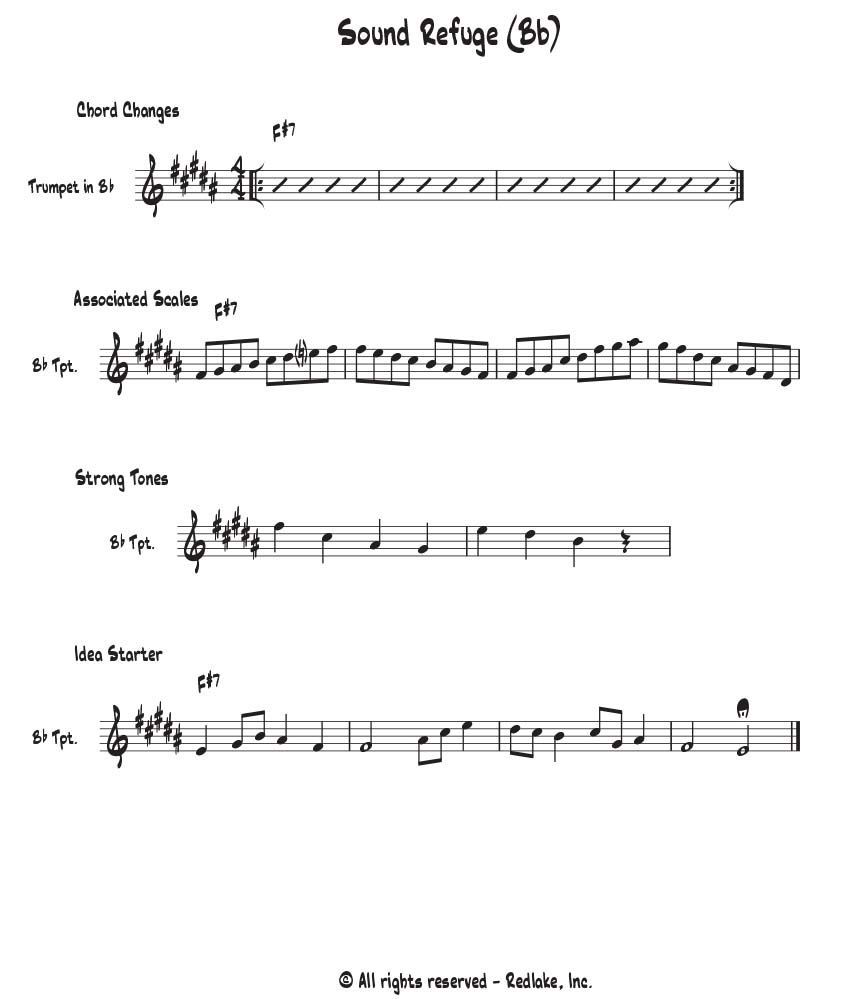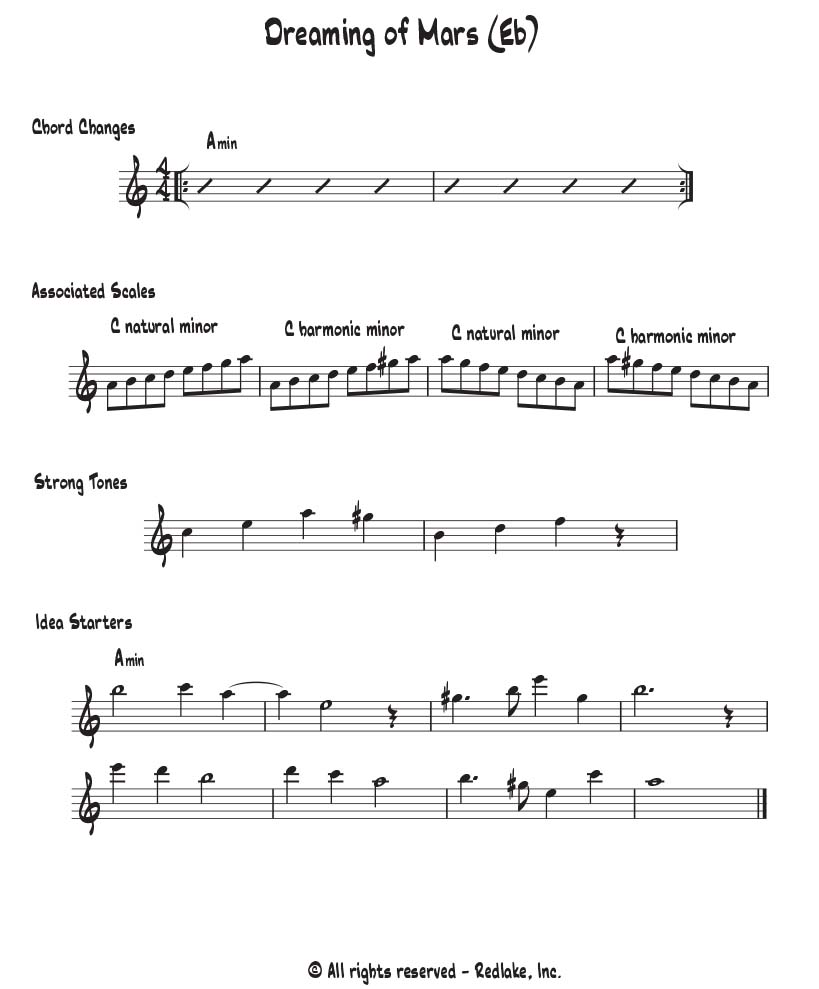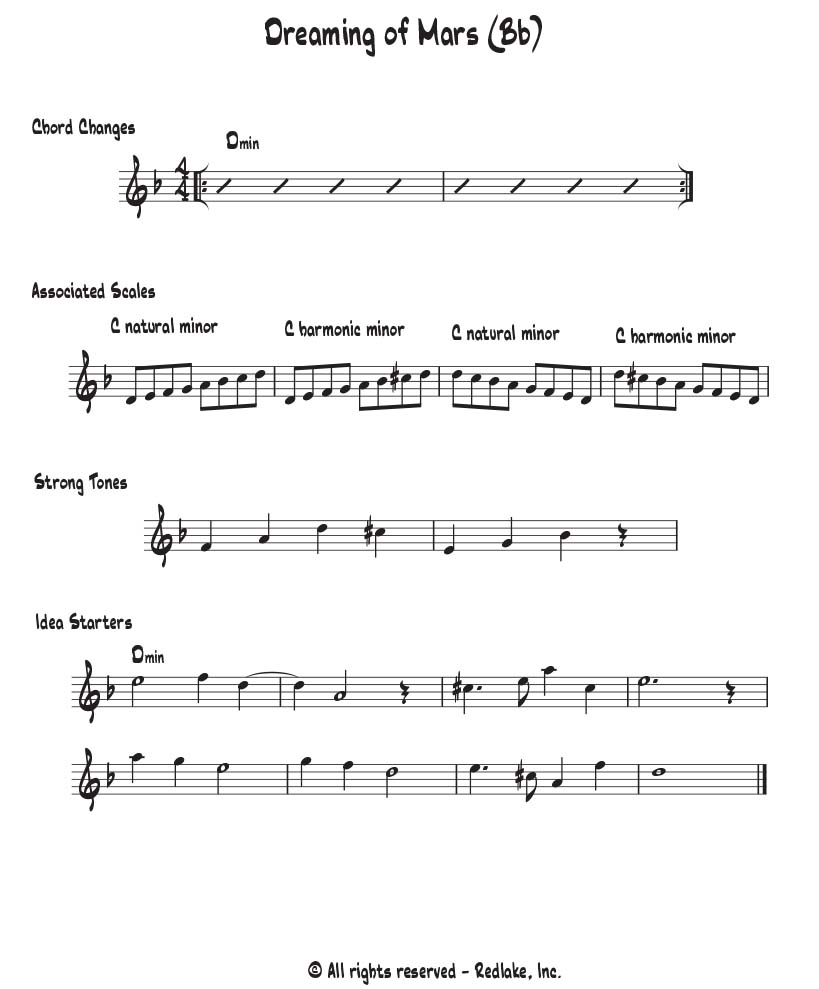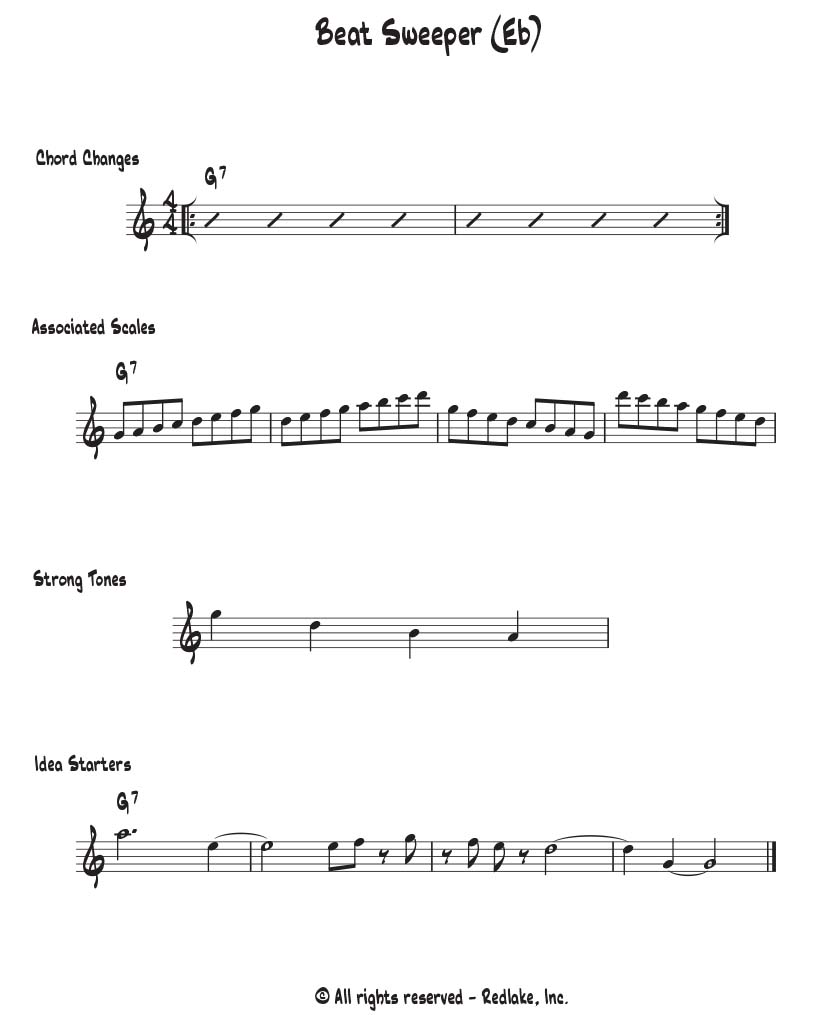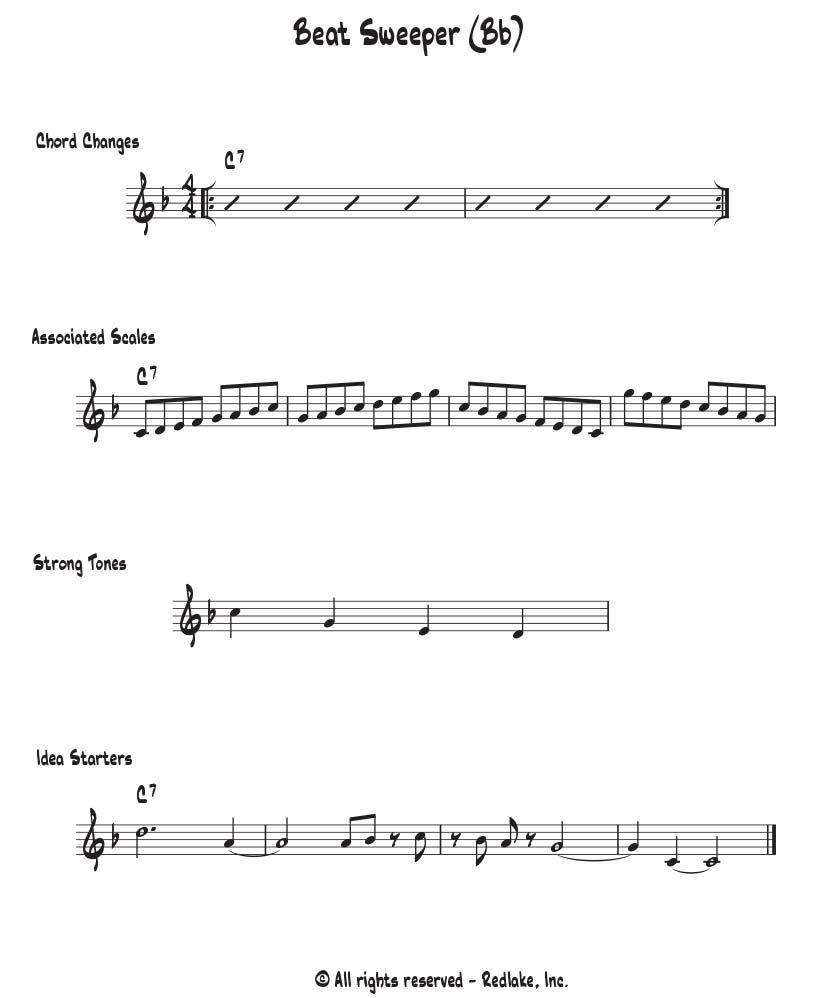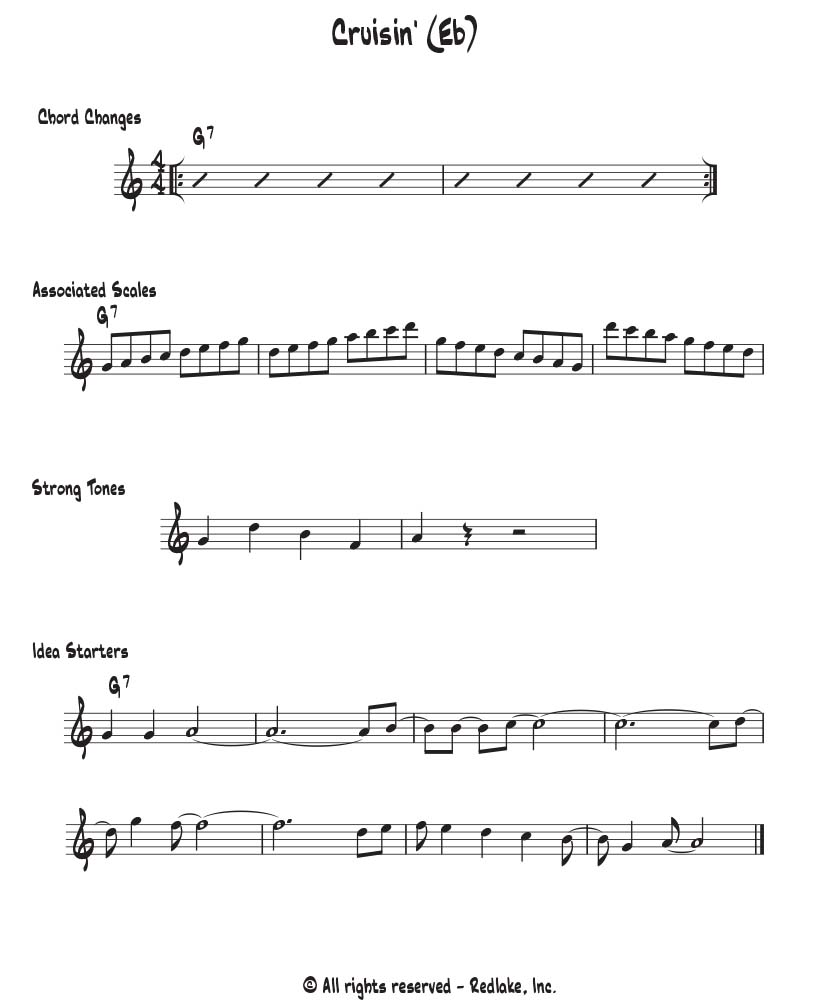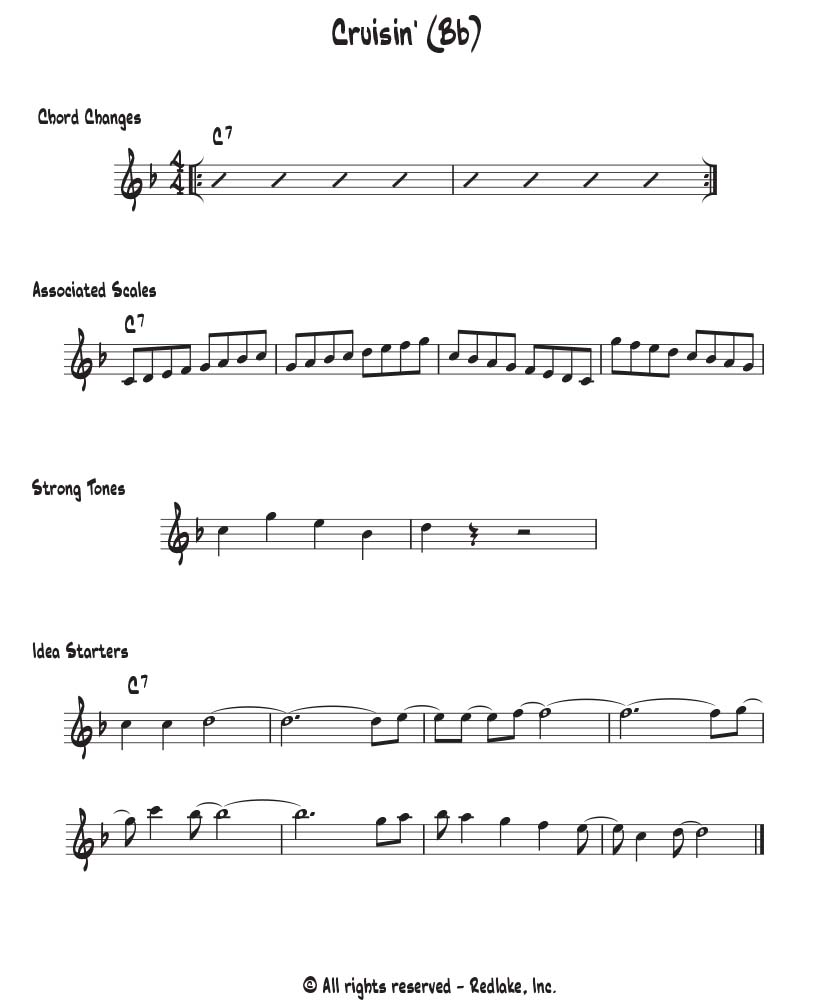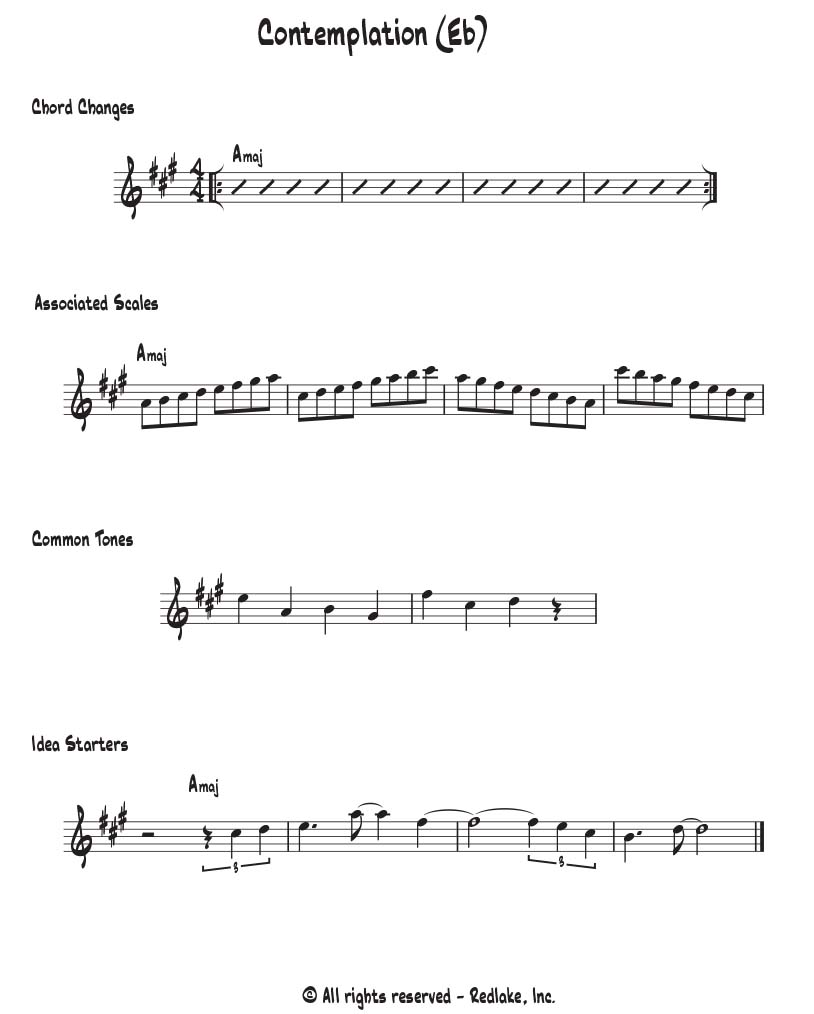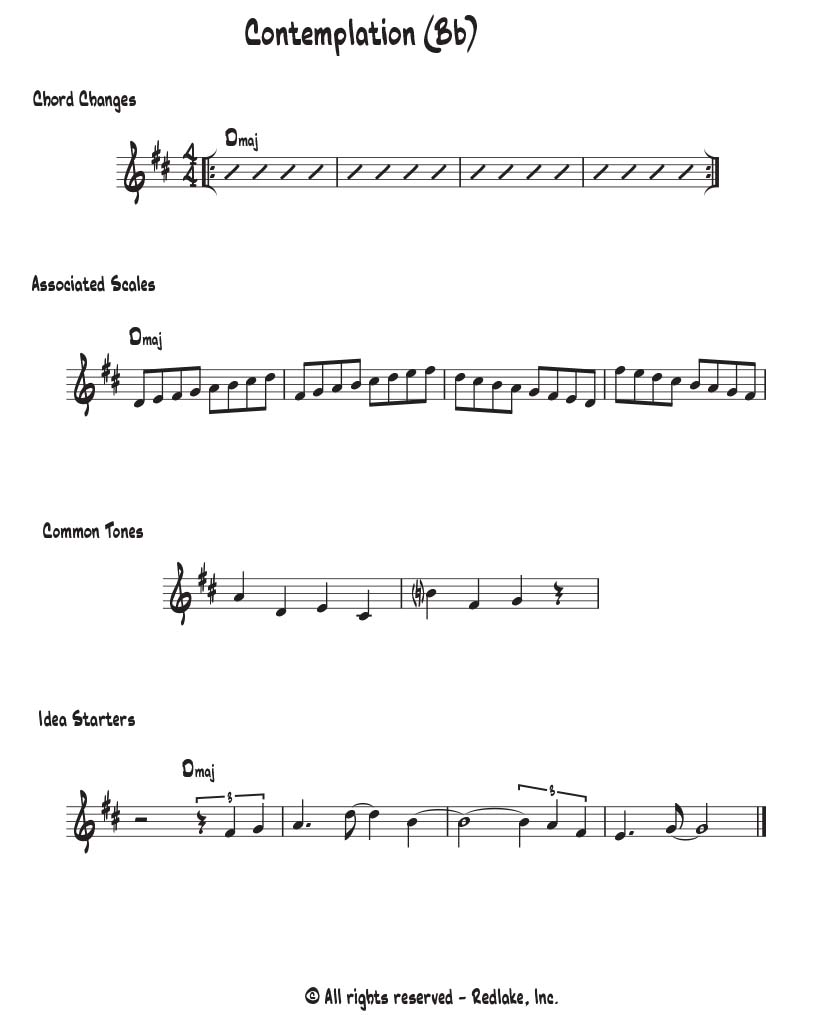Skills Assessment
How well do any of us really know how we sound? Objectively.
This lesson asks you three questions and assesses your ear with two sound files. It encourages you to put something in writing. I’m betting that you’ve never done that before when evaluating your musical skills.
Video transcription
Hi. Okay as I said in the intro, we’re going to start out with a self-assessment because as I said, I think if you’re going to get somewhere physically get somewhere or just improve your skills like we are with improvisation, I think it greatly helps if you have a clear honest understanding of where you are now and where you want to get.
So with this video, we’re going to do a few exercises and I’m going to take you through them for you to do on your own to give yourself a little bit of clarity on where you’re at right now to know and where you’d like to be musically.
So I’ve attached to this video is a self assessment form. It’s a PDF. Just go ahead and download it and you’re going to see a couple of icons for the audio files. Just click those and the audio files play. But I’m going to take you through that form right now. That’s the point of this video.
So the first question on the form says what musical skill are you most proud of? Now, I didn’t necessarily say, what are you best at, and that may be the same thing. But when you think of yourself as a musician, what do you most proud of that you’ve been able to accomplish? It could be your physical abilities on your instrument. It could be your ear. It could be the fact that you really play well with others in a band.
So, that’s an important question. Now, ideally you’re writing these out on the form, but just to get it out of you if you just speak it out loud, it’ll help. Anyway you manifest either physically or verbally answers to these things will help. So, think about that.
The second question is: What feels like fun to you, that is work to others. So, you look around you. You notice that you’re able to do some things that for other people, it doesn’t come so naturally to them as it does you. It’s little bit related to that first question. But what seen what is fun to you that seems like work to others. So think about what that might be.
And the third question is, what part of improvisation seems hardest. Now saying “everything” isn’t a good answer because that doesn’t tell you anything. So, it may seem like that if you’re starting out but think about an aspect of improvisation. Is it being able to hear the chords? Is it being able to play in time with the rhythm? Is it being able to remember Tunes? What part of improvisation seems hardest for you? Okay, hopefully that got you thinking about some things that you don’t normally think about.
Let’s do to the last two assessments are for your ear. The first one is for rhythm second, one’s for kind of measuring your relative pitch. Let’s do the Rhythm one this and I’m using something I wrote for trombone improvisation Savvy a while back. It’s called the Maniacal Metronome and and in the section and rhythm in this course, I’m going to have the maniacal metronome there.
And it’s maniacal because the metronome you’re used to is just giving you four klicks to the beat, you can vary the tempo but the quarter note clicks are always four or three or whatever you set it for. The Maniacal, metronome keeps a steady tempo, but the clicks are off. Some measures you’ll get four to the beat, some three, some five, some seven. I’ve got different different variations or difficulty levels. For the more difficult ones, I start to extract notes out of the seven beats to the bar but the idea is to get a sense of your clock, your steady sense of time, without it being fed through a metronome on all four clicks.
Now, Ideally you play your instrument with this, and I’m going to put it on and give you a demonstration. But the other thing is, the instrument is a little bit of a complication itself, whether you play a guitar, piano, trumpet, or trombone or whatever you play. There’s that little bit of complication there. So, what I might recommend to start with is when I turn the maniacal metronome on, just to kind of give it a little clap. This is about as easy a physical activities, you can do to get a clap. One of the things we’re going to talk about later on is I call constraint exercises and that just means taking some of the complication out of something and really getting to the essence of it.
So if I’m going to test my time and I use my instrument to do it, well, the instrument could be getting in the way. There’s technique for trombone: it’s the tongue, it’s the mouth, it’s all the stuff that gets in the way. So let’s start it by just testing your time. I mean, if you go through and you play your instrument and you find you’re getting lost in this Maniacal Metronome. It may not be your sense of time. It just maybe that your mechanics are getting in the way. So let me give you an example of what this sounds like and we’ll put my headphones on so I can hear it and I’m going to clap.
So here we go. 1 2, 3 4… (clapping with the clicks)
You get the idea right? And don’t clap so hard because again, you’ll be adding resistance to it. Just light clapping to get your sense of time. Now, you can also do this on your instrument. Let me give you an example of that and then to take it to another level, you can improvise a little bit but just don’t get so complicated that it’s hard to tell your time. So play a simple improv rather than a single note. You can start with a single note, but I’m going to show you how you might just improvise through all of that and then put a little more complication on your rhythmic sense, and that would sound something like this again, simple. One, two, three, four.
(improvising over the clicks)
So, ideally now you have a way to record that because I realize and when I talk to people, I don’t think I’ve ever talked to someone who doesn’t find this to be true is that we always think we sound better in the moment. But when we go back to the recording, we go, “my god. Did I sound like that?” It wasn’t what we thought in the moment, because we got a lot of stuff going in our brain. And we also want to believe we’re better than we are. I think a lot of us. Myself included.
So recording this, while you run that metronome, I think is going to give you a little heightened sense of the reality of your sense of time. But anyway, play with that exercise and further on when you get to the rhythm set, , we’re going to do a lot more with that and then more complicated ones and simpler ones if that was hard.
So, the last exercise is to gauge your sense of relative pitch. And basically, this is a call and response and I’ve used a bunch of different timbres. So you’re going to hear a note and then you play that note and you hear the note and then you play that note and there’s not a lot of time between the notes so you don’t have a lot of time. And the key here is not to overthink it because the idea is just to react to what you hear. And if you’re wrong, you’re wrong. No big deal. In the assessment, I give you 10 tones. And basically, I’m saying, how many of the 10 were you able to get on the first try? Because what you’ll find is, you’ll hear a note, you’ll play it not quite right and then you’ll get it. Or you’ll play a note and then maybe you have to fish for it. But that’s important for you to understand how long did it take you to find that. Note, did you get there before the next note happened? And, and if so, how many notes did you hit on the first try? Again, for a good assessment of your ear, this one you don’t necessarily need to record.. I think you just need to kind of keep track of how many you got on the first try. And again I’m going to give you an idea of what that sounds like.
So we’re going to play this and we put my headphones on so I can hear it and that would be like this.
(playing the call and response exercise)
So, you get the idea.
And there are a lot more of those where that came from. Because later when we talk about your training, I’m going to give you some of those exercises and we’re going to go way beyond single notes. But, I hope that these three questions and two playing examples give you a little bit of a good starting point is to where you’re going. If you didn’t do as well as you thought, which is perfectly understandable, because you have probably never done anything like this. That’s okay because there’s no right or wrong place for you to be. You are where you are and the reason you’ve invested in this course is because you’re going to get better.
But at least you have a little more realistic understanding of where you’re starting from and I’ll see you in the next video.

